|
Dunellen is a one square mile small town in North-West Middlesex County, NJ, which is often referred to as the “Railroad Town”. Originally, the land had consisted of farmland, which was settled by Colonists. Up until 1887, Dunellen was a part of Piscataway Township. That was until October 28th of 1887, when it officially became a separate town. The Elizabethtown & Somerville was chartered in 1831 as the "Elizabeth-town and Somerville Rail-road Company". Starting construction on the eastern end, the Elizabeth & Somerville Railroad laid tracks to Plainfield in 1839, which then passed through Dunellen on its way to Somerville . It later became known as the Central Railroad of New Jersey. The original station was then known as "New Market". It was in 1866 when John Taylor Johnson, president of the Central Railroad, decided to establish towns along the line and formed the Central New Jersey land Improvement Company. Land was purchased by the company, which mapped out streets, parks, lots and land for churches and schools. Due to the fact that the town was built after the railroad was constructed, the city was designed so that railroad right of way did not cut directly through the city disrupting property owners and separating communities. A passenger on the railroad at those times would have seen backyard fences and a handful of factories as he zipped past the town not knowing a thriving community existed beyond the view from his window. The railroad which brought the town into existence also brought its industry with the incentive of cheaper land. The town's biggest and well known industry was the Art Color Printing Company. The company printed publications and magazines, and was originally located in Manhattan when, by 1925, it had grown too large for New York and was moved to Dunellen. At its peak, the plant turned out over 10,000,000 copies of magazines a month. Among the more popular publications were True Romance, True Detective Mysteries, Modern Screen, and Modern Romances. The W. F. Hall Printing Company of Chicago bought Art Color in 1931, and ran it until 1968, when it closed the plant. The president of Art Color was Arnold A. Schwartz, who was known for his kindness to his employees and had a yearly ritual of distributing food-baskets to needy families during the Thanksgiving and Christmas seasons. He remained as president even when W. F. Hall Printing Company had purchased the plant. He passed away in 1963, five years before the company closed. Arnold A. Schwartz is also responsible for the establishment of the Arnold A. Schwartz Memorial Library, which is named in his honour. A portion of the Art Color parking lot on New Market Road was used to construct the library with funds from the Arnold A. Schwartz Foundation. The Foundation continues to service the library with purchases of books, computers, and equipment. As Dunellen changed into an industrial town so did the demographics which came in response to the need for labor. Slovaks started to pour into the town in 1880, followed by Polish settlers in 1910. Other races soon followed. In 1911, Dunellen became home to its first theater. J.G. Wolfe of Scotch Plains, NJ opened the theater at the Linke building on North Avenue and began charging 10 cents for admission. By 1912, business had declined and the doors closed. Arthur Heatherington was the next to bring theatre to Dunellen in July of 1913, when he built and operated a theater which displayed well-known vaudeville musical actors. The businesses passed around in ownership for a short while until ultimately closing in 1915. A few years went by when in 1921, Tony Hanko of Raritan, N.J., was granted a permit to erect a new movie house. The year 1927 brought about the “Blue Laws dispute” when the movie house opened for Sunday picture shows which was against the law at the time. “Blue Laws” are also known as “Sunday laws.” The manager, his wife and the projectionist were arrested and ordered the theater closed. Upon release, they returned to the theater and opened it yet again which resulted in the same outcome. The theatre went through a series of owners with John Fiorvanti owning it the longest. By the 80’s it was only showing Indian films and the building fell into serious disrepair. The operators proposed a plan to raze the building and construct a Indian Cultural Center when Richard Zupko, who owned the adjoining tavern, purchased the theatre, cleaned it up and combined it with his tavern and renamed it the Dunellen Theater and Cinema Cafe. The original moviehouse was purchased by Van Blaricom Curtain Factory, which produced curtains, bedspreads and drapes. The company, which was founded in 1897, had located to Dunellen from Jersey City in 1917, and converted the old theater into a factory. Quick Chek, the popular convenience store chain, had its beginnings in Dunellen. The first store opened in town on North Avenue in 1967. Its founder, Carlton C. Durling had an established dairy business known as Durling Farms, which was founded in 1888 by Augustus C. Durling, his grandfather, in Pottersville. Durling Farms, facing growing competition from supermarkets which began selling milk, had to evolve in the 1960s into a convenience store as a way for the farm to sell fresh dairy products, grocery, produce and deli products to its customers. They wouldn’t have been able to survive just from delivering milk door-to-door. The company also has a long history of giving back to its neighbors and sponsors the annual New Jersey Festival of Ballooning which is recognized as the largest summertime hot air balloon and music festival in North America. Although no longer in the same location, one needs to not look far as there is one directly across the street. Over on the corner of Washington and Front is the Dunellen Hotel, which is nestled along an old stage coach route, and was the first home for the Alvah Gray family, founders of the First National Bank of Dunellen in 1907. The First national Bank Building can still be seen along North Avenue. This national bank opened in 1907 and stopped printing money in 1935. During its life, The First National Bank Of Dunellen issued 8 different types and denominations of national currency which is noted by its assigned charter number 8501. The Dunellen Volunteer Rescue Squad which was established in 1933. I love small mom and pop shops such as Dunellen TV Shop. O.K. Soft Water Service, a family-owned business which has been there since the 80's. Devine's Drugs Towards the quieter residential parts of town is Mountain View Terrace, which at one point had been known as Fifth Street. It is over here that the historical Edward Maurer house, which Maurer, an international rubber magnate purchased from the Central New jersey Improvement Company. Located at 520 Washington Avenue is the Ernest L. Ransome House More grand homes along Washington. And here I'll leave you with more pictures from my walk through Dunellen.
0 Comments
Located on New Jersey's Lawrence Brook is the small-town of Milltown, which is the only municipality in Middlesex County to see a population drop from 1980 to 2014. The history of Milltown is so named for it being a “mill town” for as long as we can go back in its history. The earliest written documentation of a mill in Milltown is in 1769, when Fulcard Van Nordstrand advertises for sale a gristmill with 2 pair of grist stones, a fulling mill and a press house standing on a constant stream with 2 dwelling houses on 112 acres of land, 3 miles from New Brunswick, on the northwest bank of the Lawrence Brook. First owned by Fulcard Van Nordstrand, then Ferdinand Schuurman, ownership changes many times before finally falling into the possession of Jacob Bergen in 1811. The town is soon named “Bergens Mill“ but is advertised in a local paper as “Milltown”. After the death of Jacob Bergen, the mill ceases operation, apparently due to a fire. This is when Christopher Meyer acquires the property and its fame as a town for manufacturing rubber is put in history with the formation of The Meyer Rubber Company. The name “Milltown” is used hereafter. A fire, yet again, damages the mill and a John R Ford comes forward with his own finances and puts the mill back into motion. This is where Ford street gets its name from; after Ford & Co. . German immigrants soon arrive in Milltown from New York City after suffering from poverty and general hardship. After experiencing the opportunities of the mill some workers return to Germany to bring friends and family back putting German Phillip Kuhlthau as leader and role model of the German population of the town. By 1852, the factory suffers another fire is rebuilt as The Ford Rubber Co. Before changing back to the Meyer Rubber Company, then India Rubber Company followed by international Rubber Co. and finally in 1907 the the Michelin Tire Company comes from France. J. Habette-Michelin, of New Brunswick, was given the job of resident vice-president, and R. B. Meyers, industrial manager. New buildings were soon erected. In 1919, Michelin built 53 bungalows in town, which would later increase to 200, to house their employees. Michelin was so successful it would eventually employ more than 2000 men and women. When the depression rolled around Michelin was forced to cease operations and move back to France. Many of the company homes can still be seen. One such street is Riva Avenue. In an Issue of American Builder we can see the streets of the original homes. The seventeen-foot Victorian-style street clock placed at the intersection of Main Street and Washington Avenue was funded by private sponsorships and was dedicated at a ceremony on July 2 in 2010. The large Italianate Industrial building on Washington Avenue has housed many businesses, one including the Russell Playing Card Co. which was opened in 1906 by Willis W. Russell. In 1936, Russell Playing Card Co. moved to Ohio after acquisition by the United States Playing Card Co. It was constructed in 1899 as the Milltown India Rubber Company factory. It is now “The Mill” Condominiums. Across the street is Milltown Ice Cream Depot. Milltown Freight Station is the only surviving station of the Raritan River Railroad with its first passenger train reaching Milltown in 1891. After the Great Depression, ridership decreased dramatically finally forcing the Raritan River Railroad to stop passenger service altogether in 1938 between South Amboy and New Brunswick. The Milltown Station would no longer service passengers. After passenger service ended, the station building was moved slightly down the tracks and the platform height was raised so that the building could be utilized for freight service. Eventually even the express freight would not pass through the station. As of June 2016, Tom Reynolds, the president, and Kenneth Durrua, the vice president, of the Raritan River Chapter of the National Railway Historical Society working with the Milltown Historical Society have raised enough money to restore the Raritan River Freight Station to its former glory and hope to complete it by 2017. On the corner of J F Kennedy Drive and Washington is a Bell AH-1F Cobra, which is a two-blade, single engine attack helicopter manufactured by Bell Helicopter. In an effort to honor its war veterans, the Joyce Kilmer American Legion Post 25 put it on display. The Golden Lion (structure in left of picture) was once Hotel Marguerite which was built in 1905. It was also Findon's Tavern through the 1940's and 1950's. Main Street has numerous shops and places to eat. The Milltown Lodge No. 294, Free and Accepted Masons, is over 50 years old. Revilla Grooves and Gear which is owned and operated by Darren Revilla who got his start selling records online via Ebay. In the center of town is the Mill Pond. And this post wouldn't be complete without talking about the fate of the Milltown Michelin Site which was in the process of being demolished the day I went to take my final pictures. They were hoping to save water tower and smokestack but the Environmental Protection Agency wanted them to come down. Several businesses used the factory after Michelin left including Chicopee of J&J, Heidingsfeld Printing Co., Algro Knitting Mills and Alphaduct Wire. Laura Gonzalez
|
ABOUT THE AUTHORLaura Gonzalez is a photographer, blogger and historian currently residing in Newark, New Jersey. Archives
April 2021
Categories
All
|
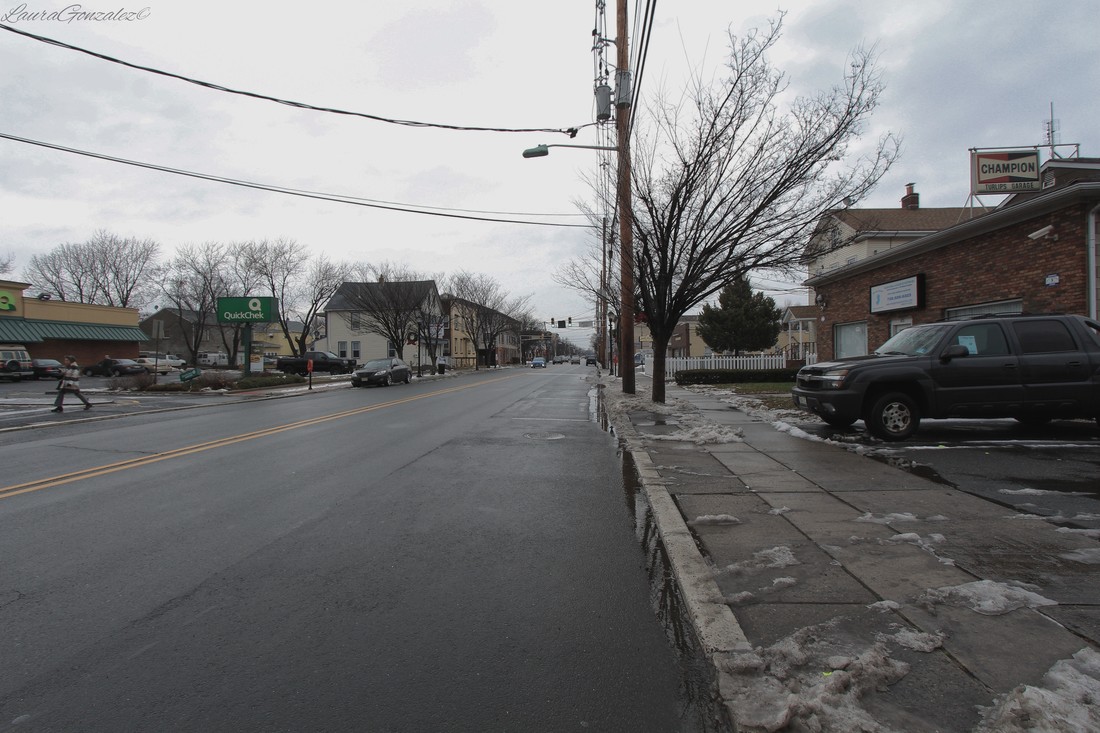
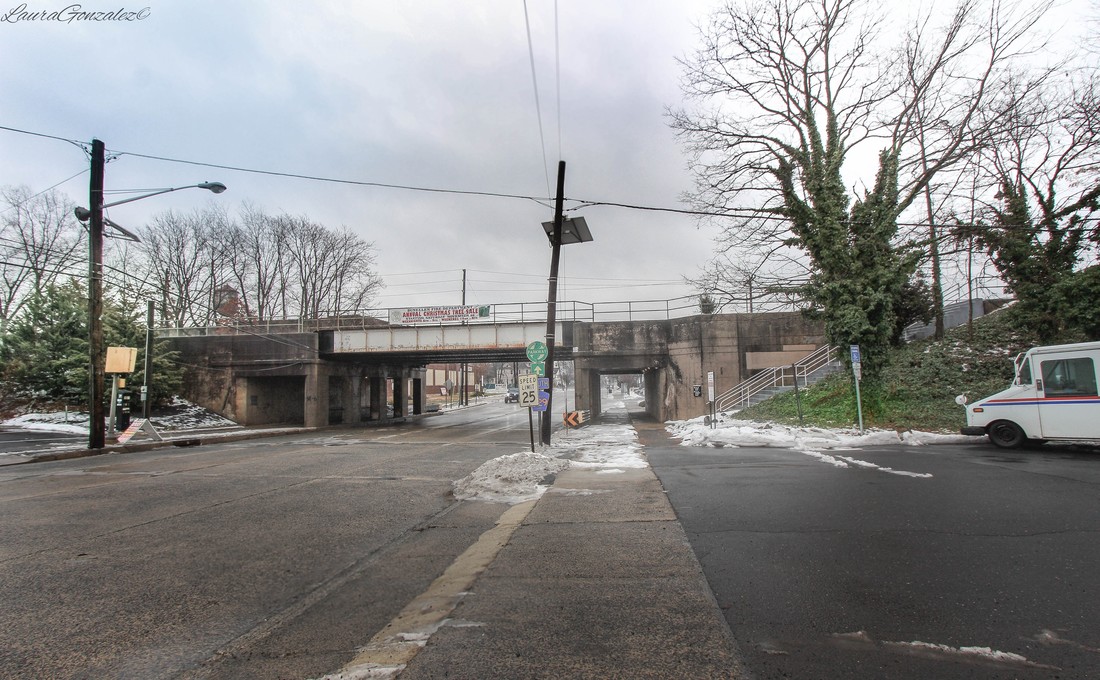
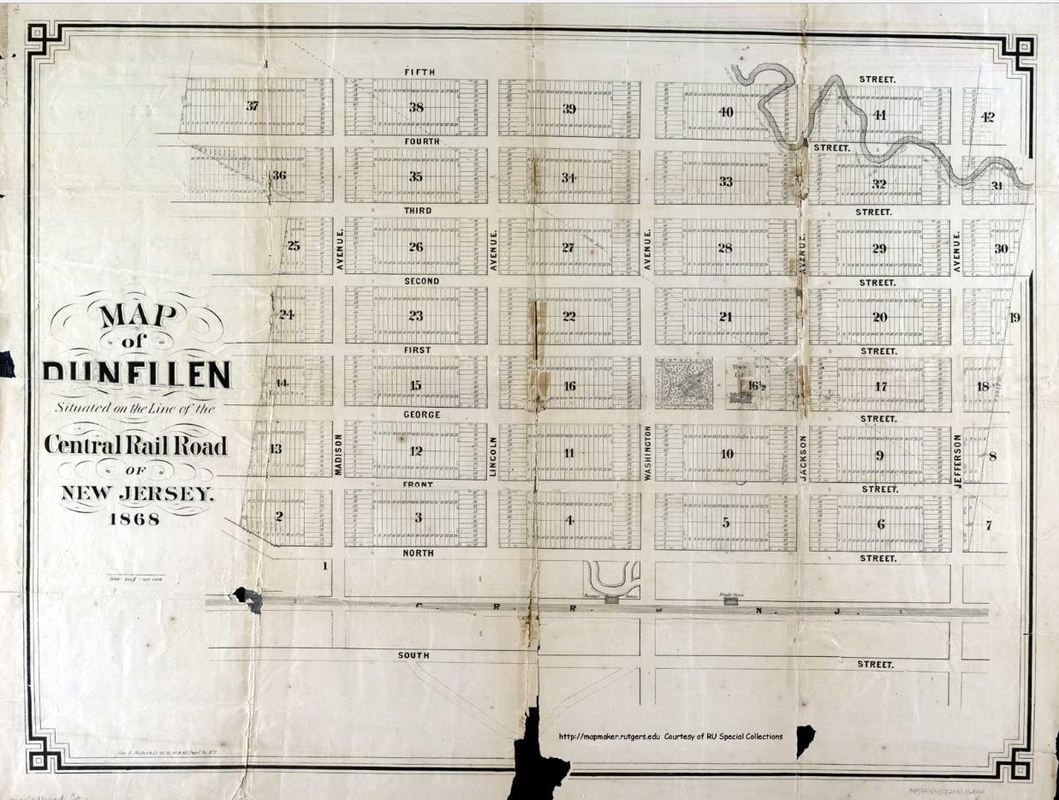
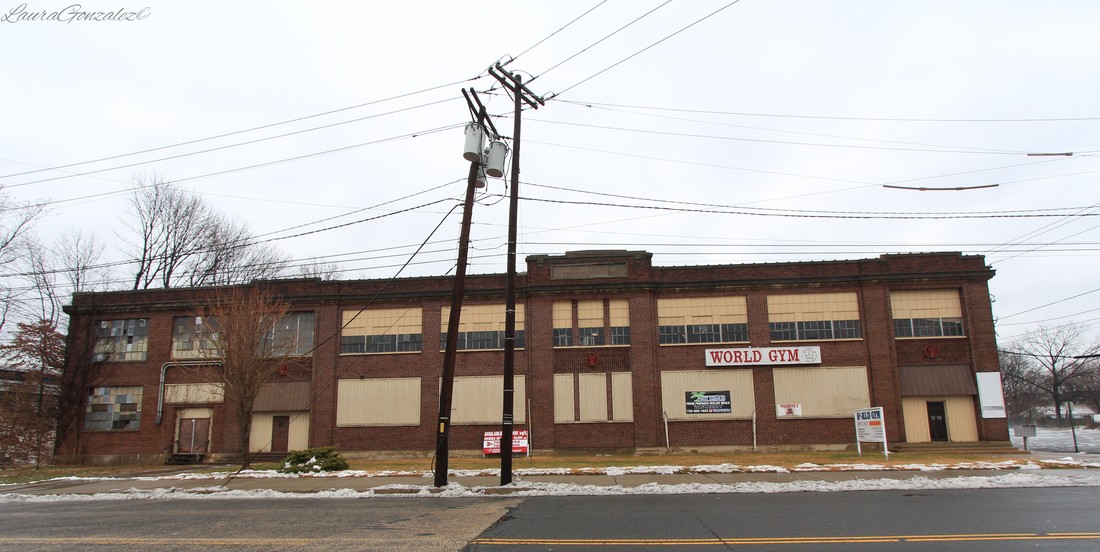
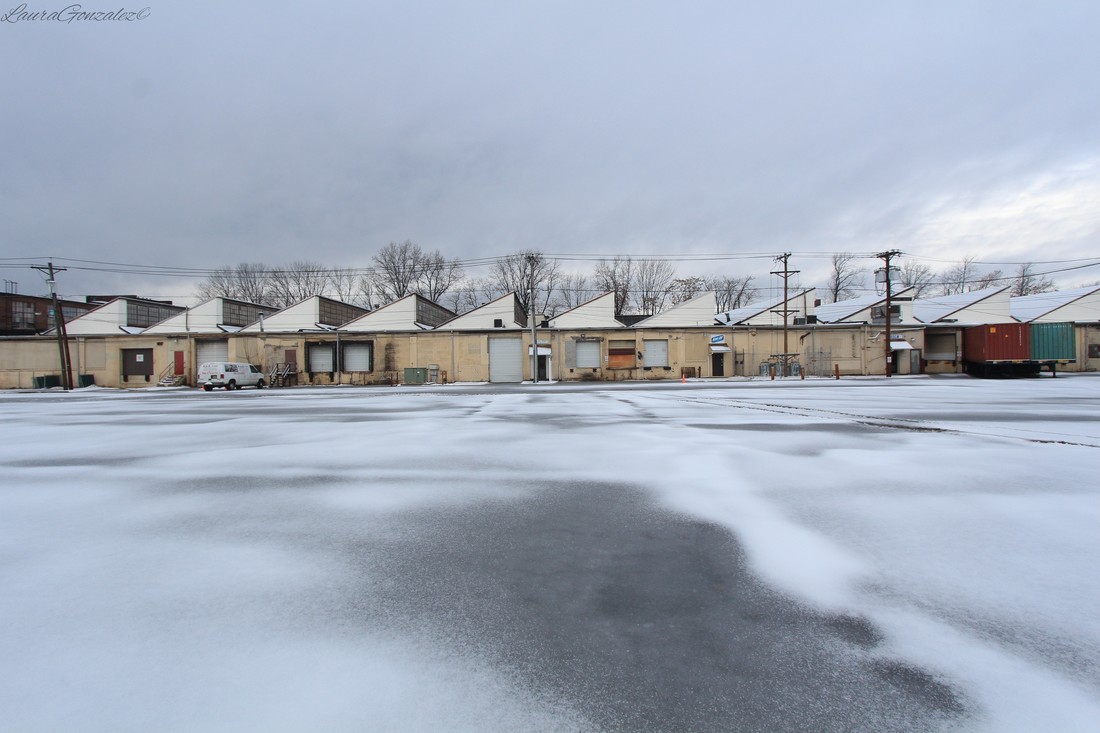
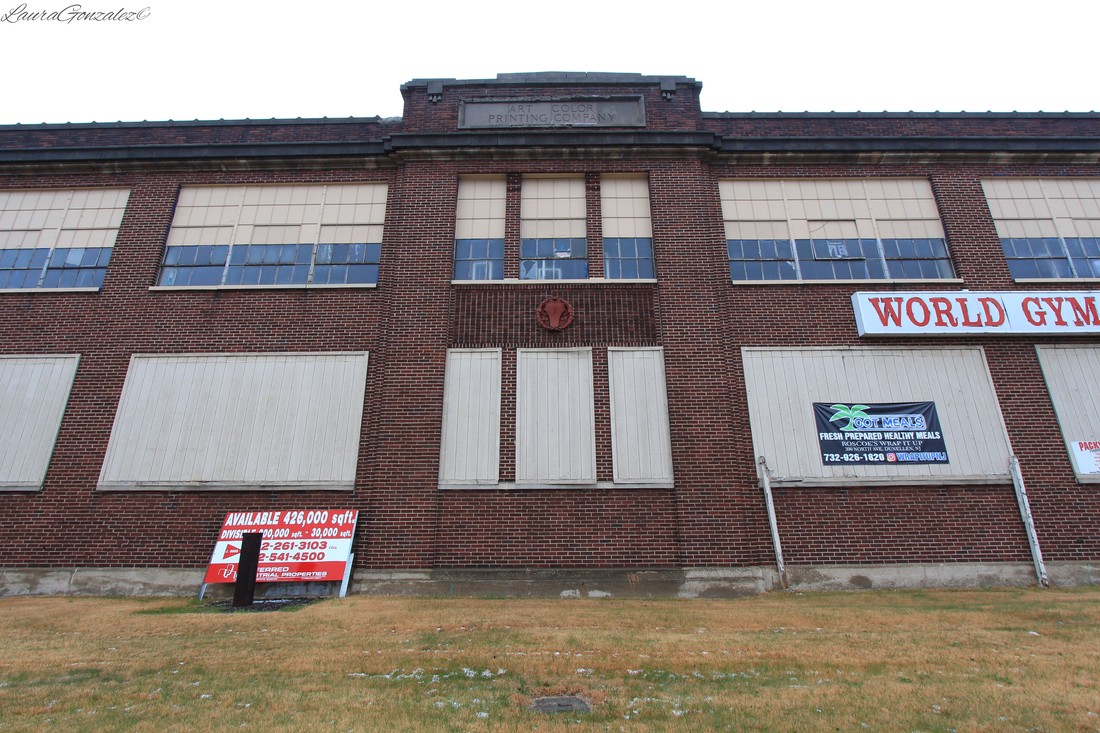
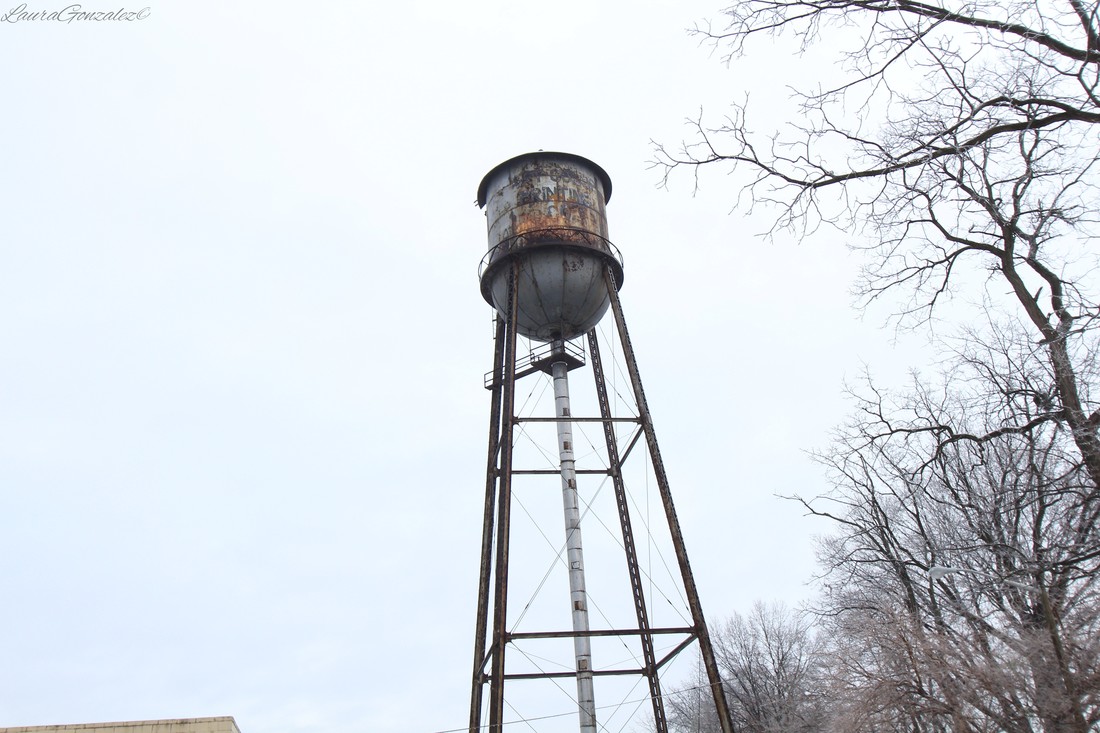

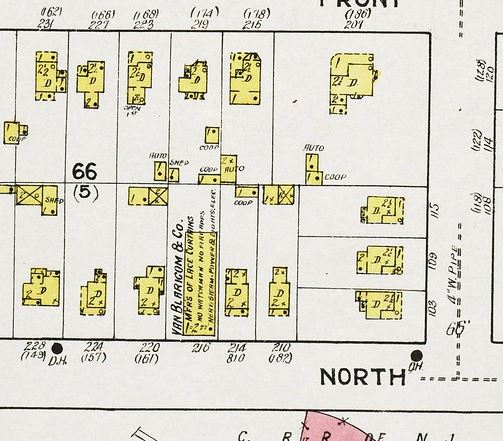
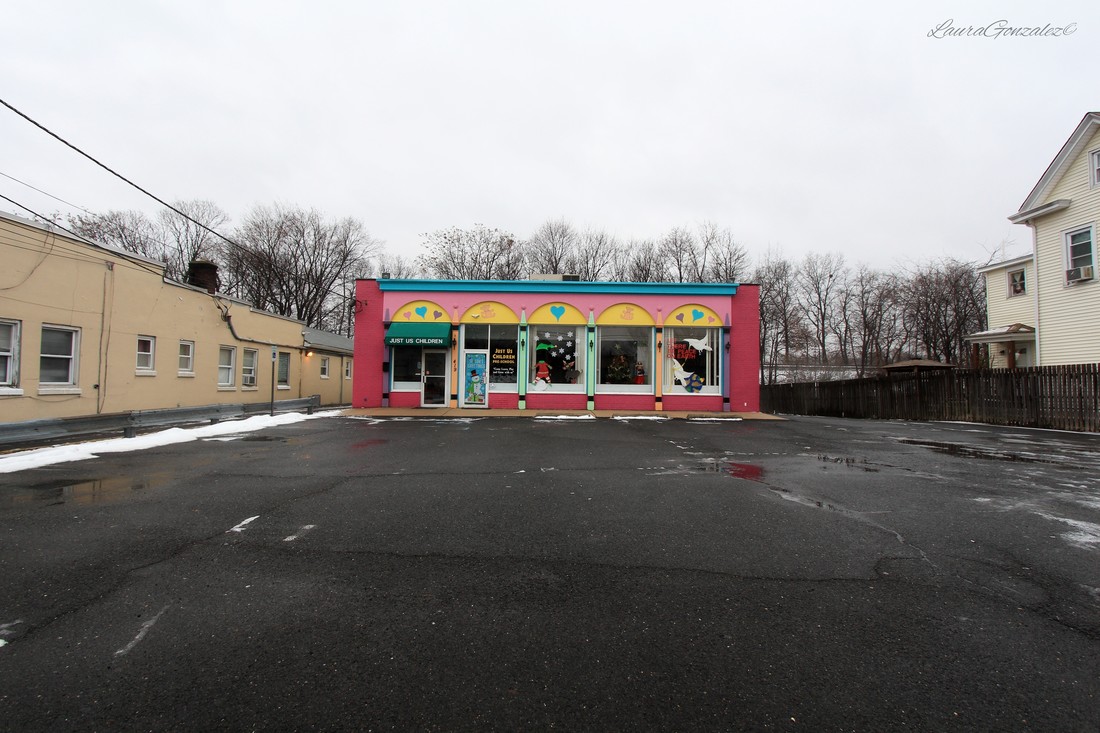
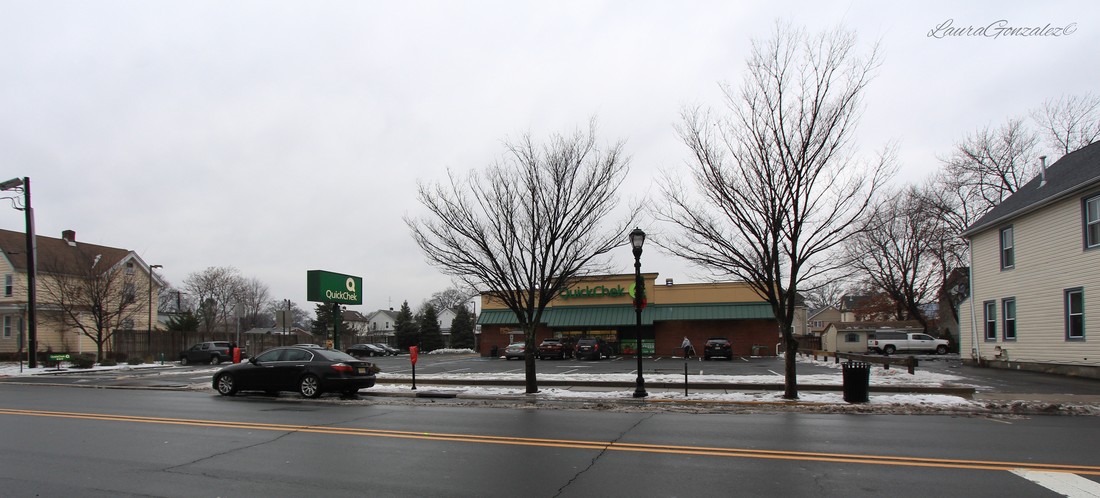
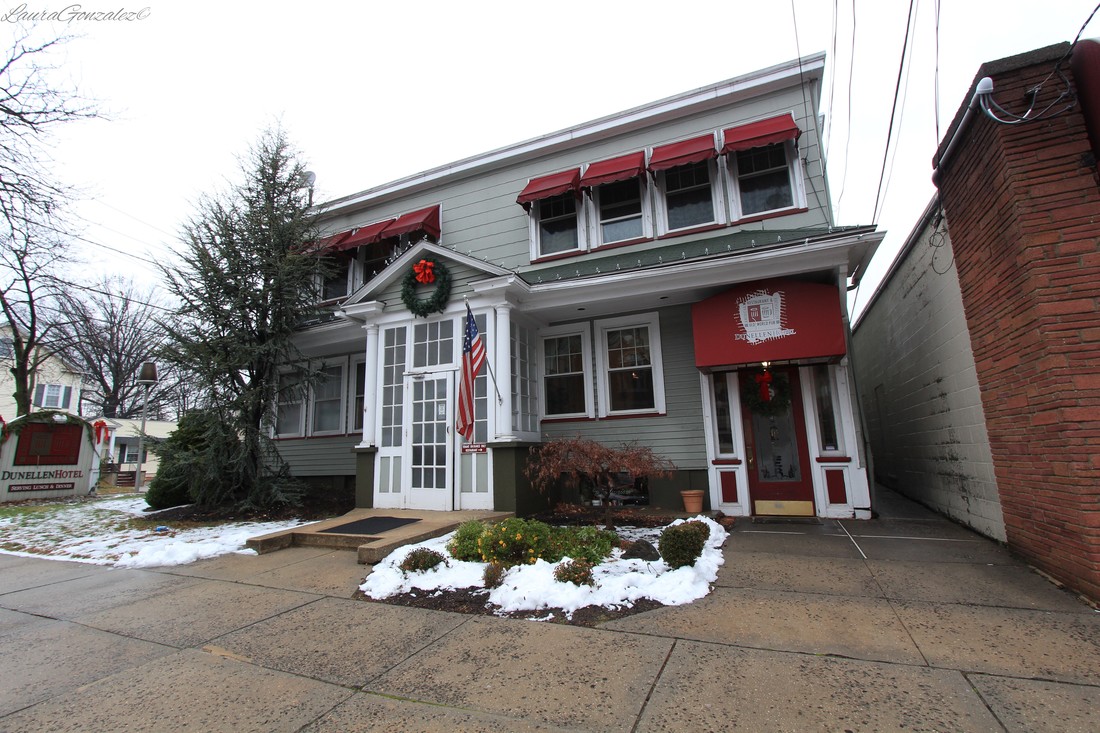
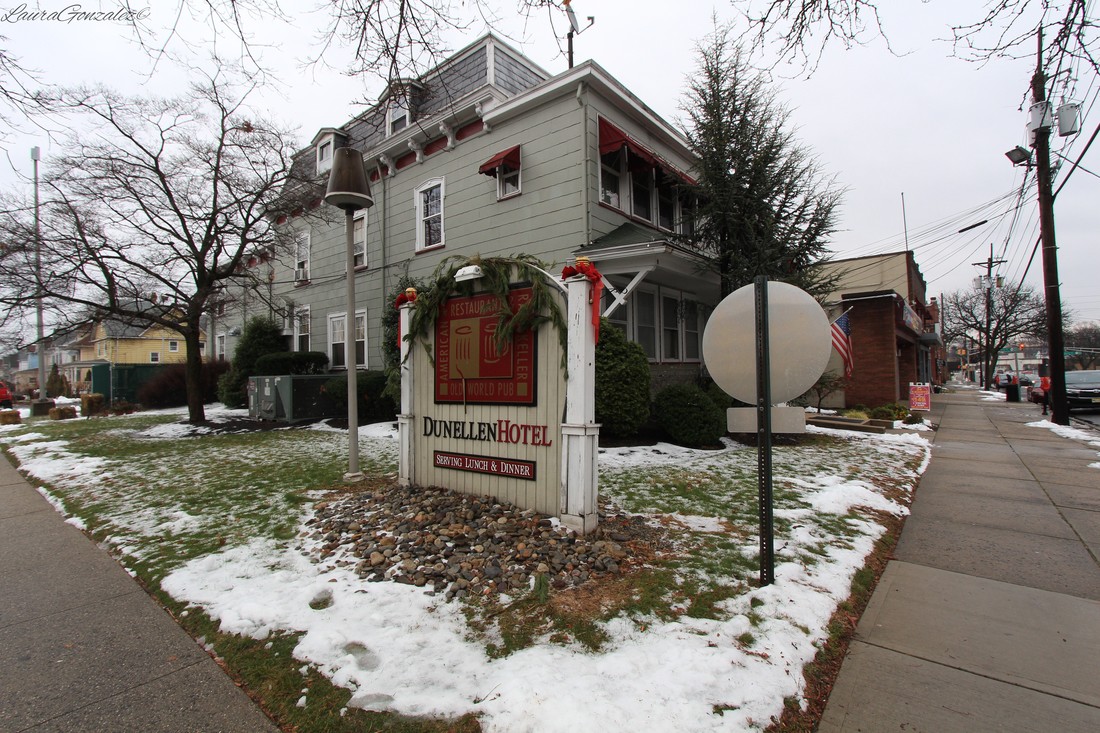
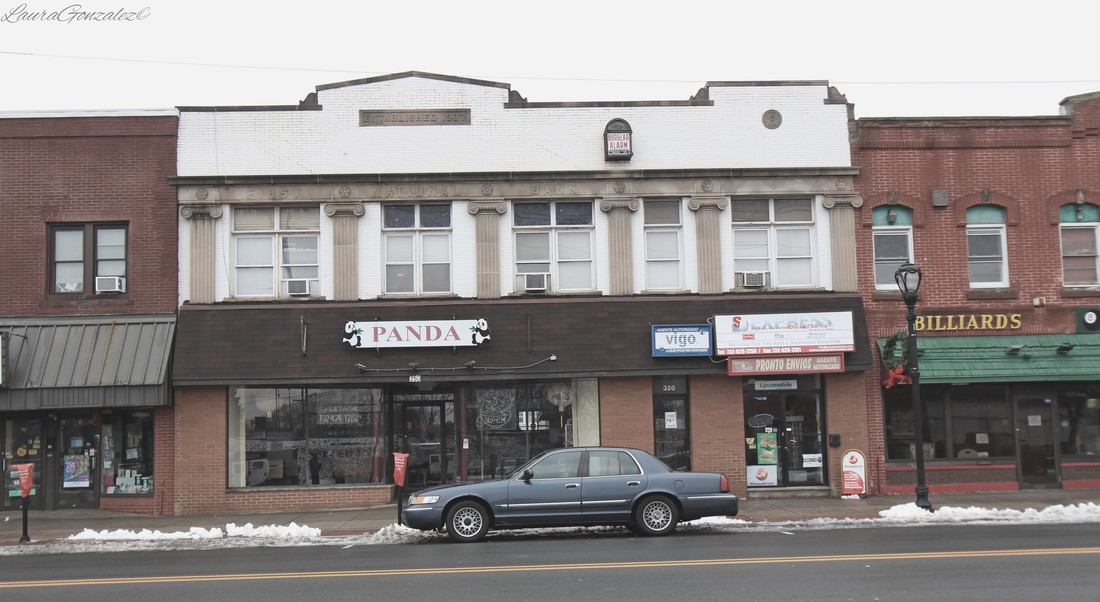
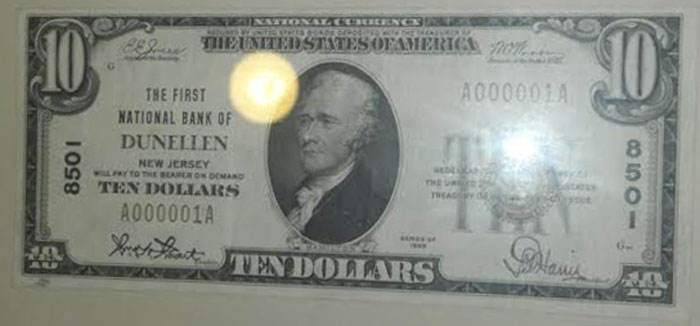
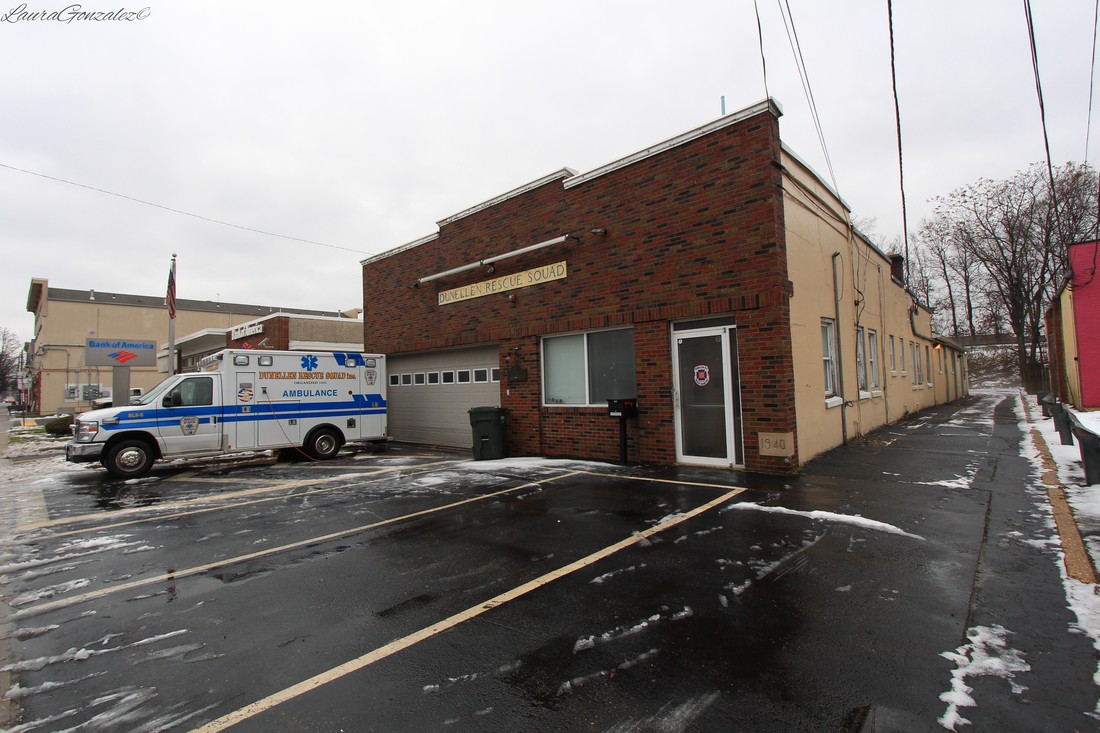
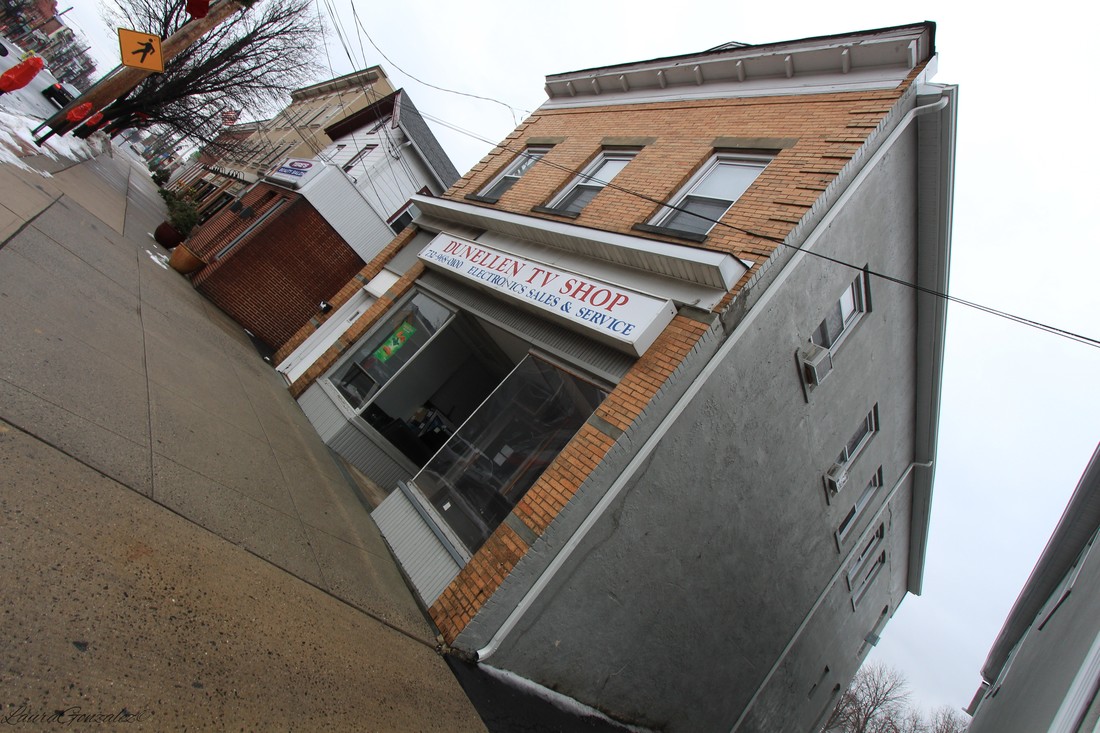
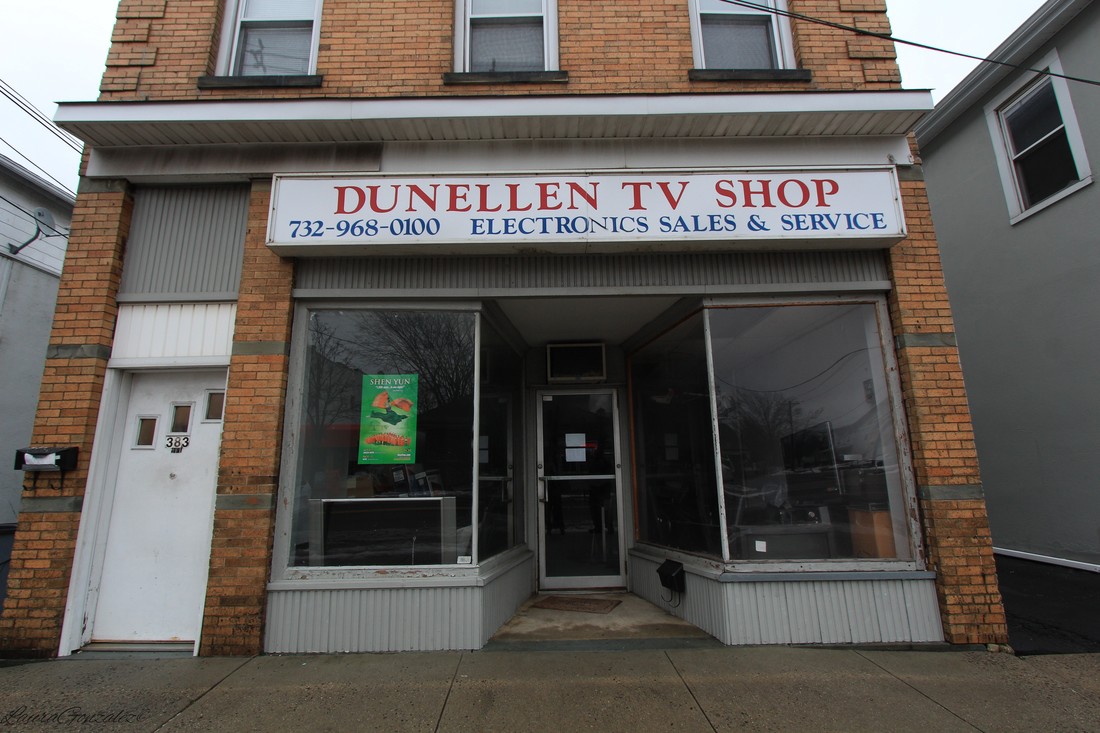
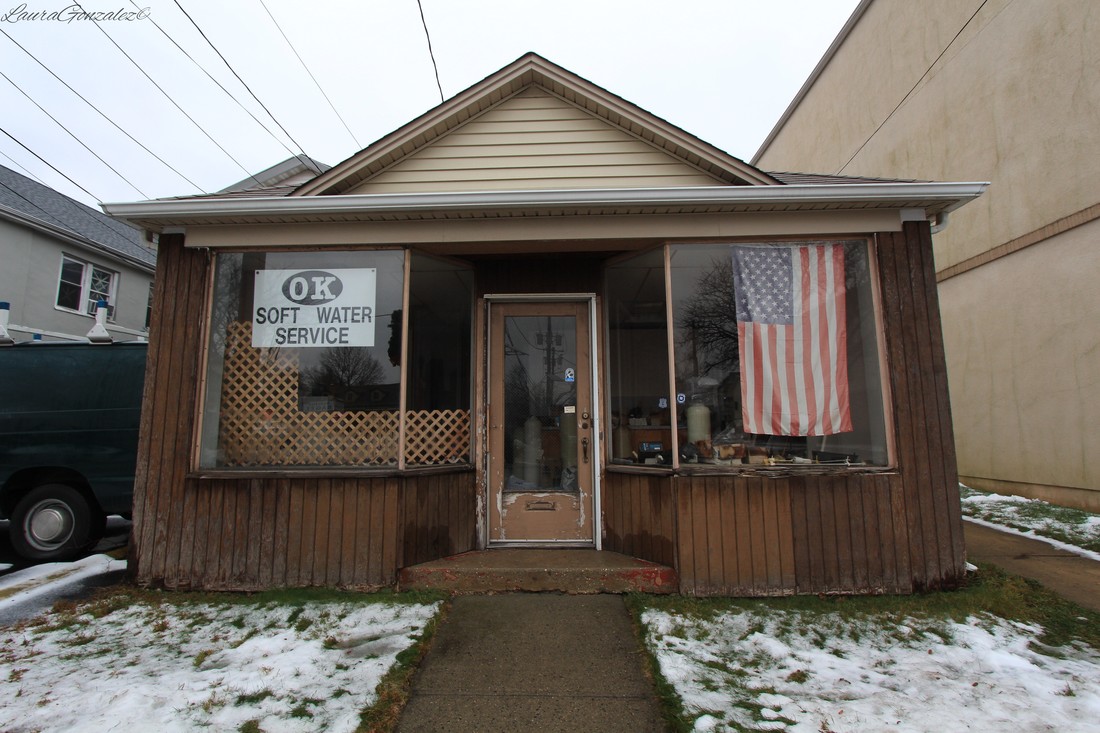
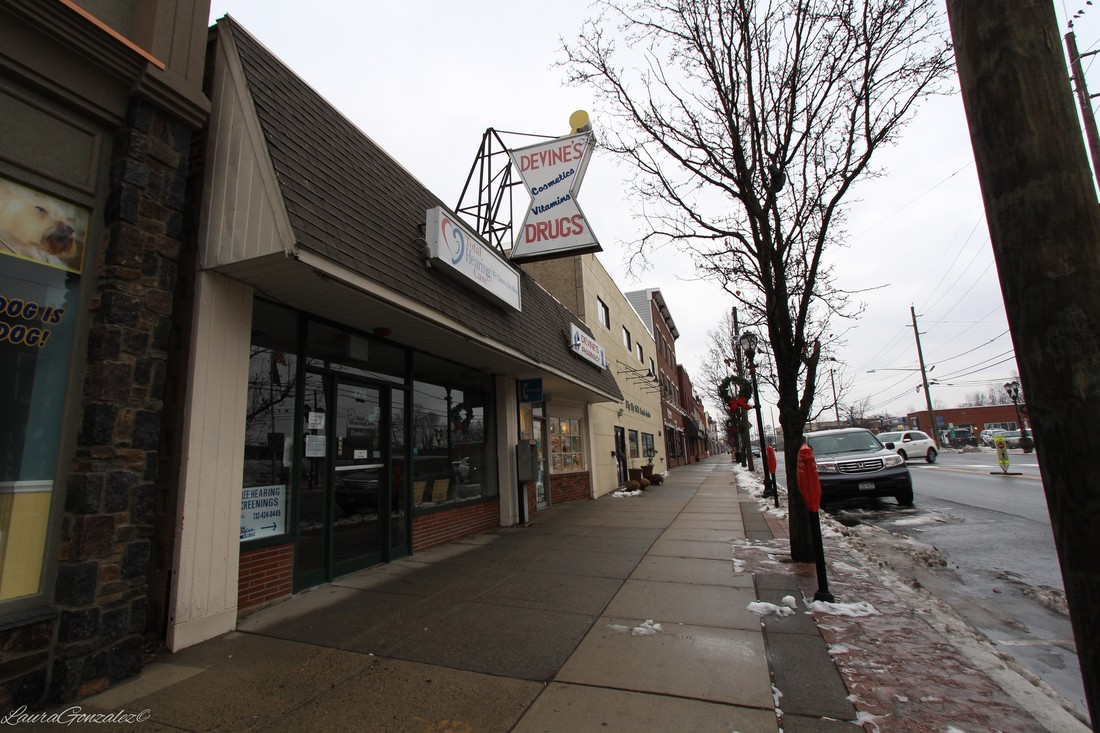
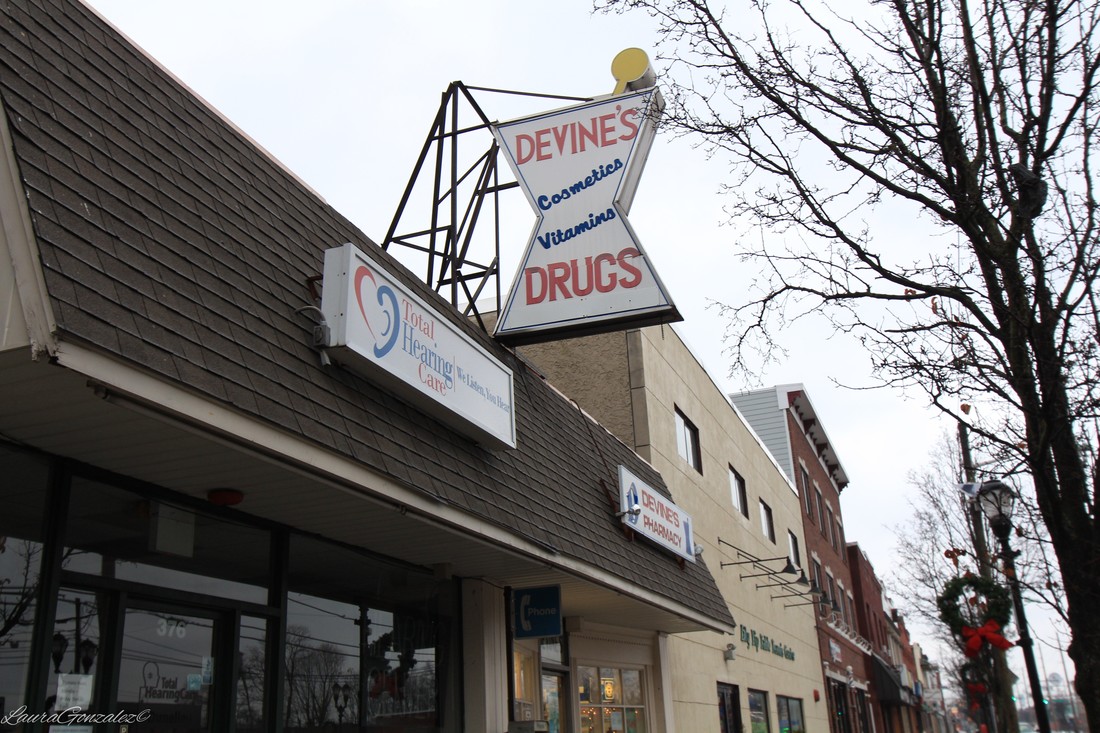
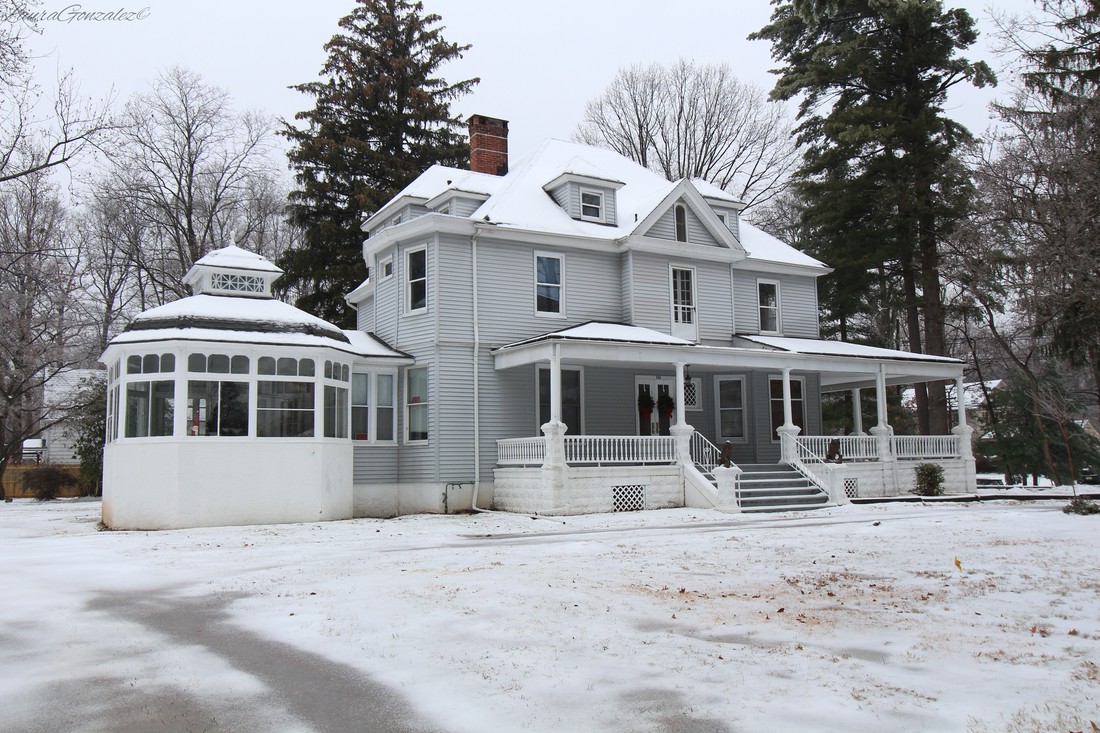
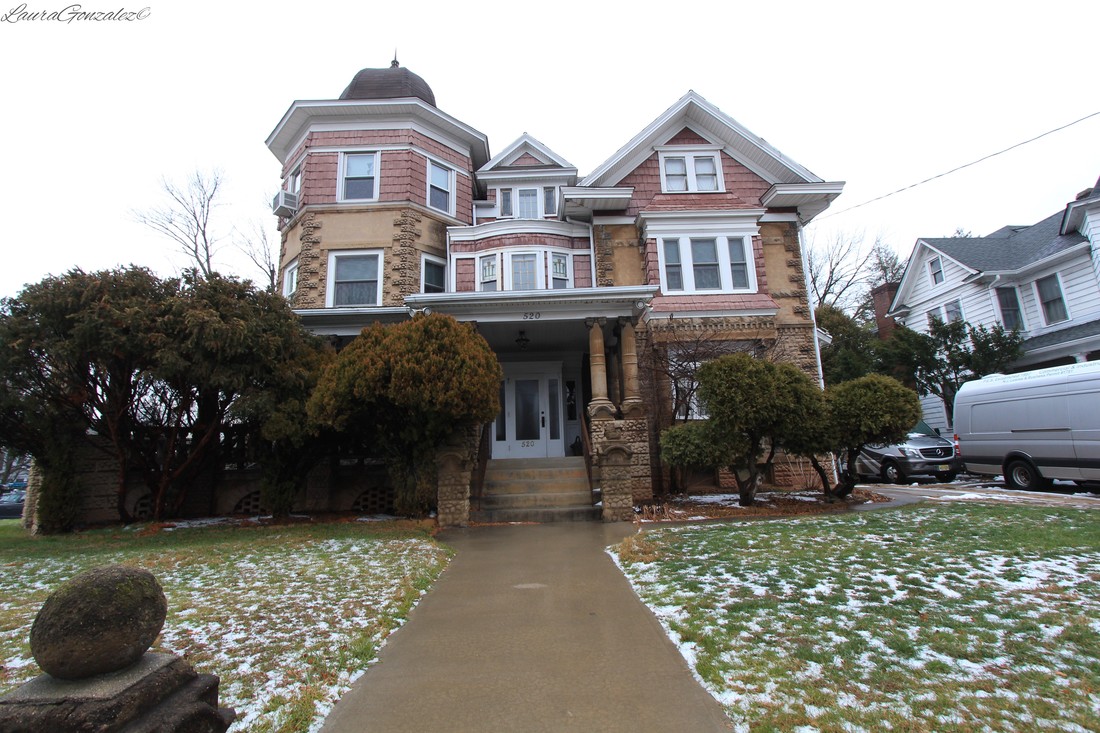
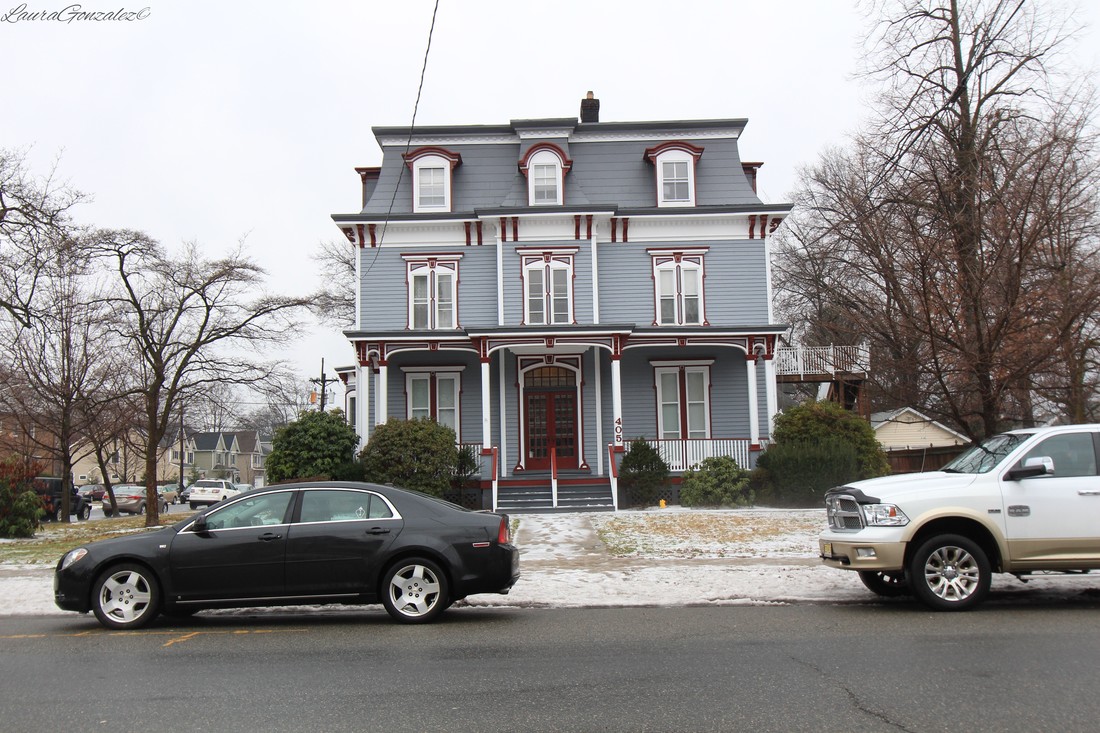

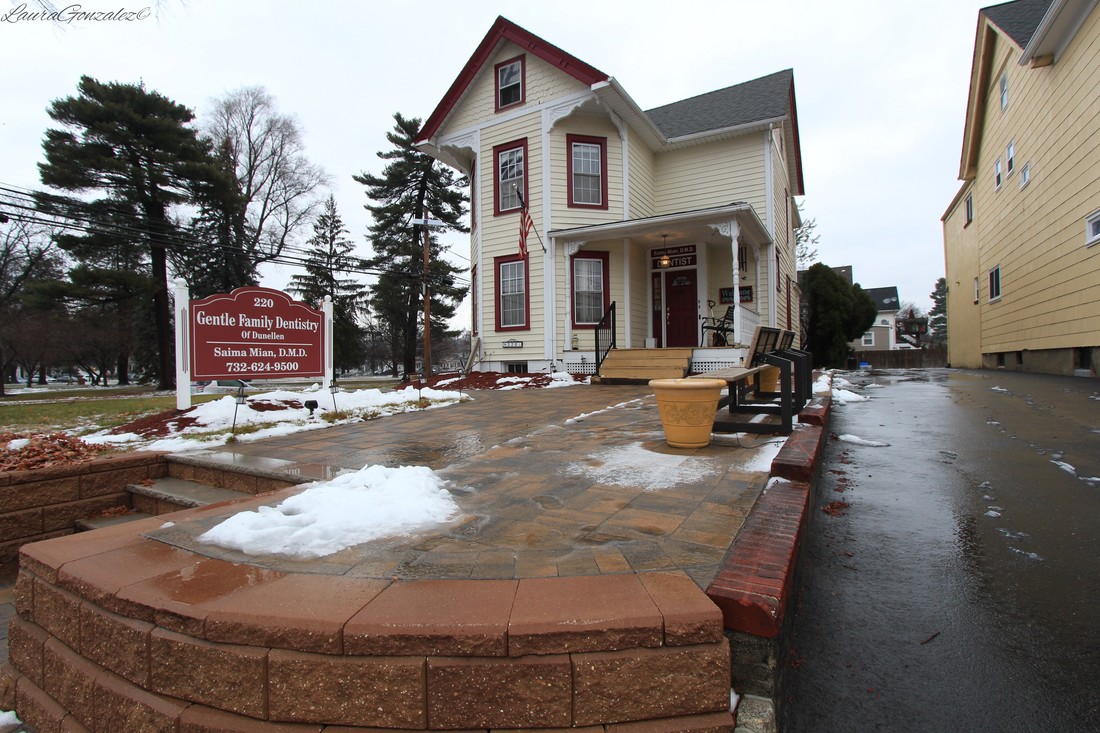
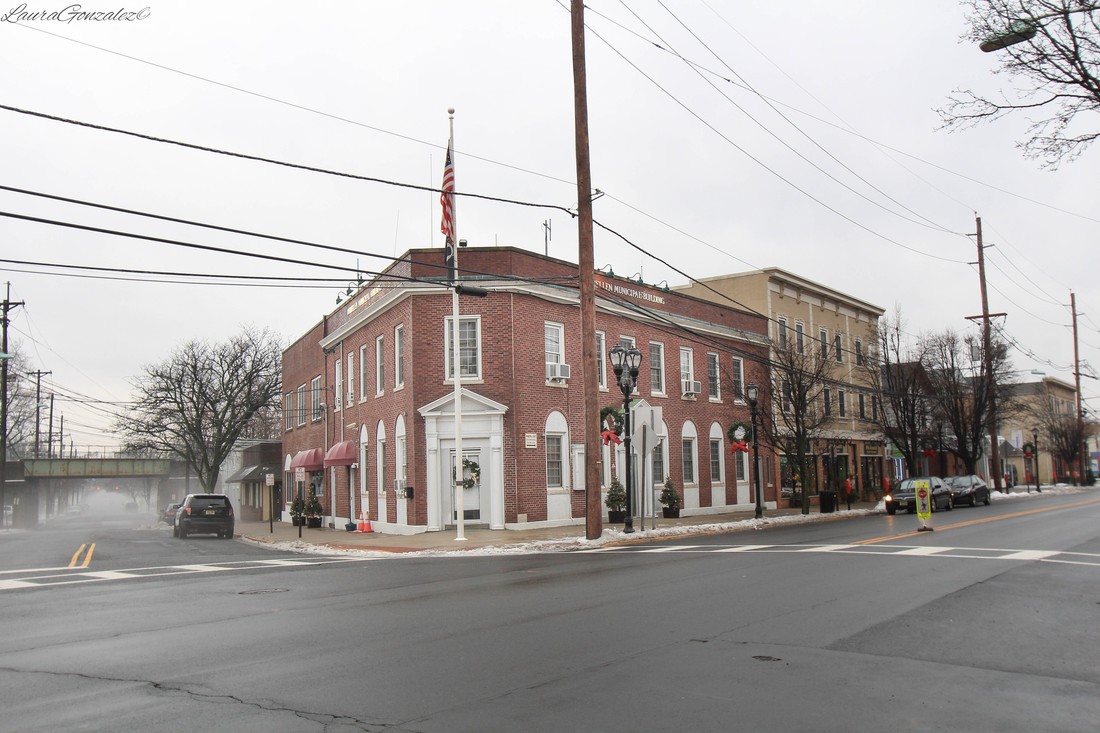
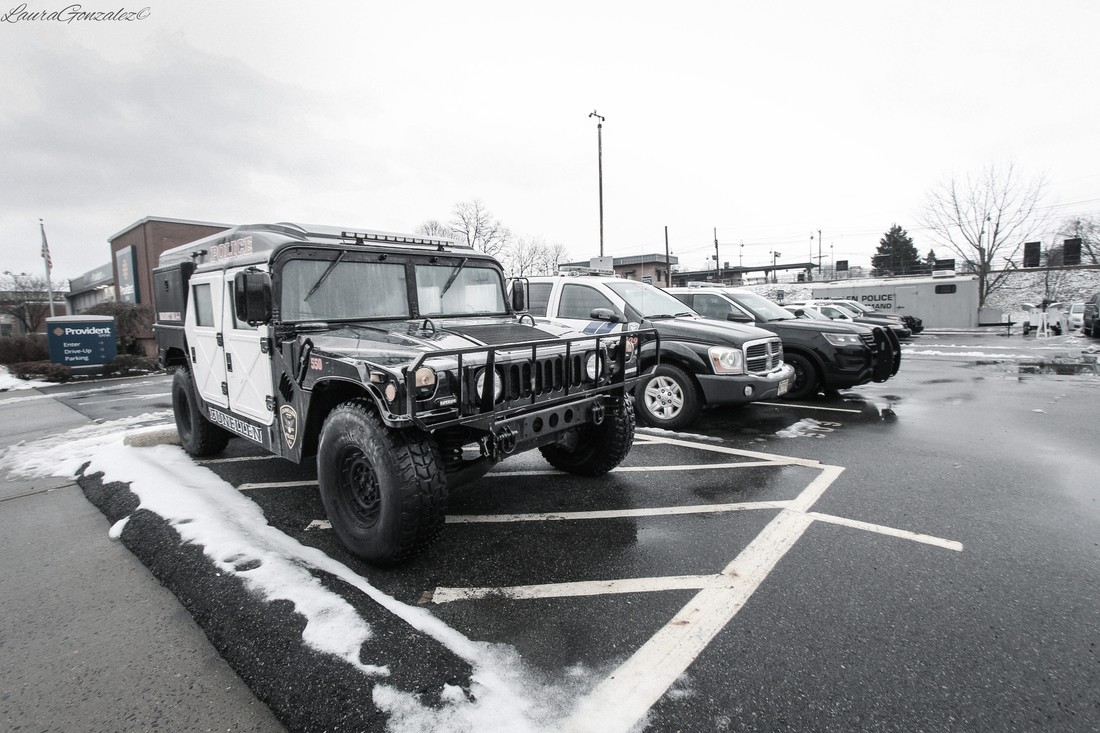
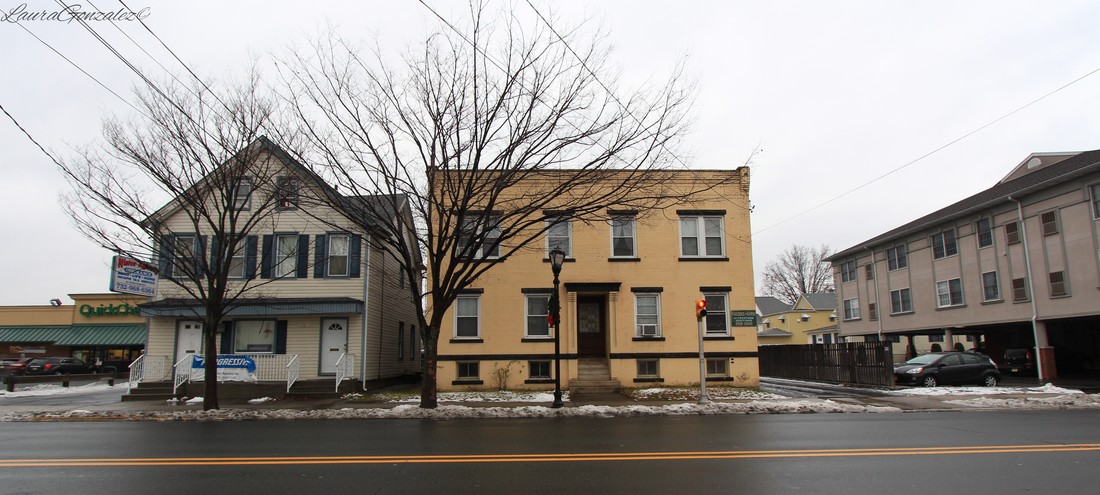
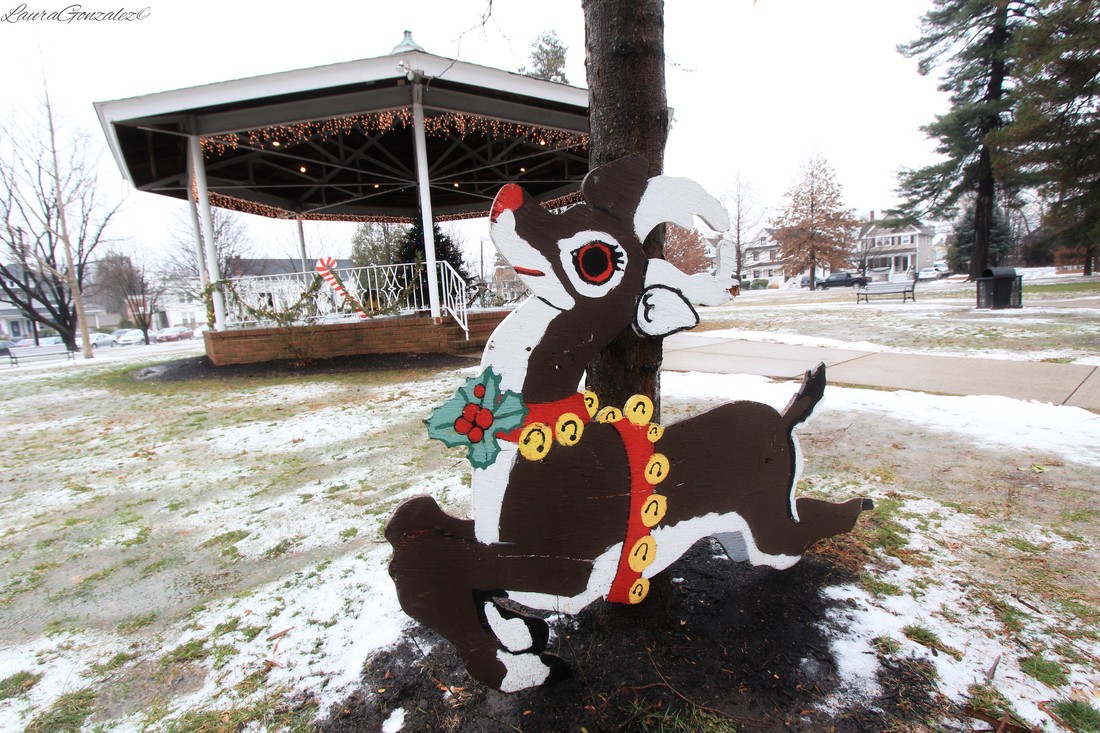
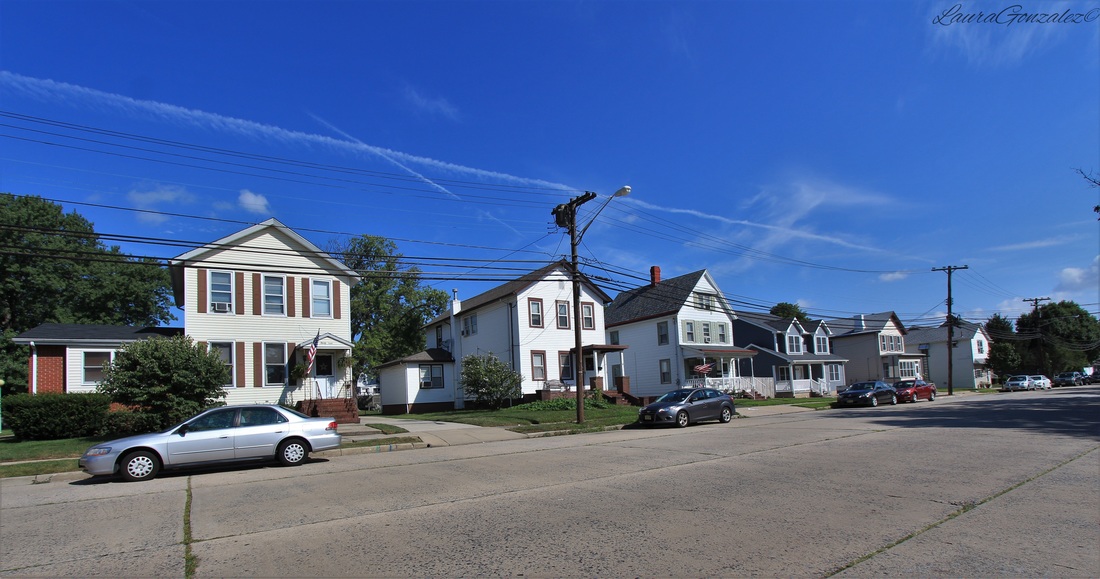
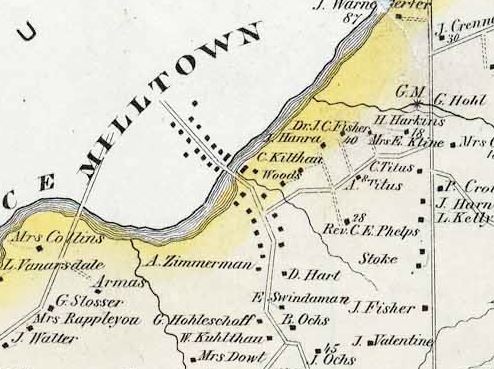
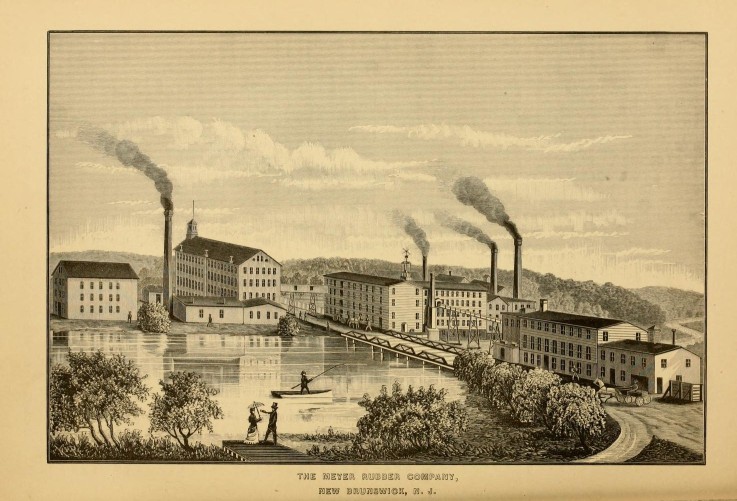
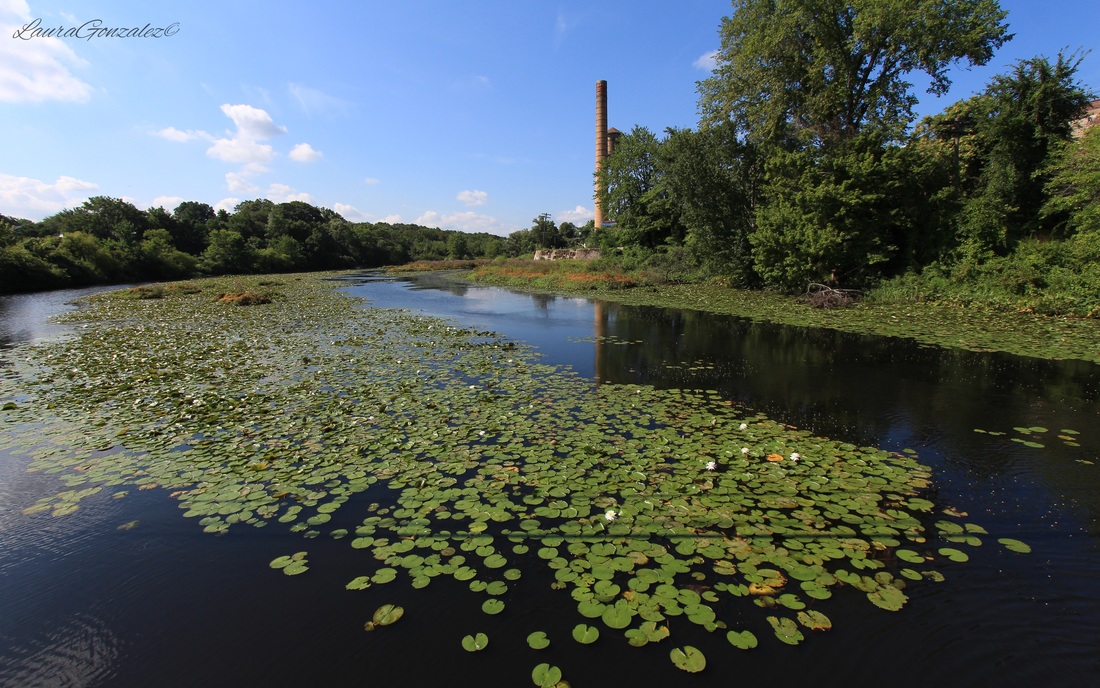
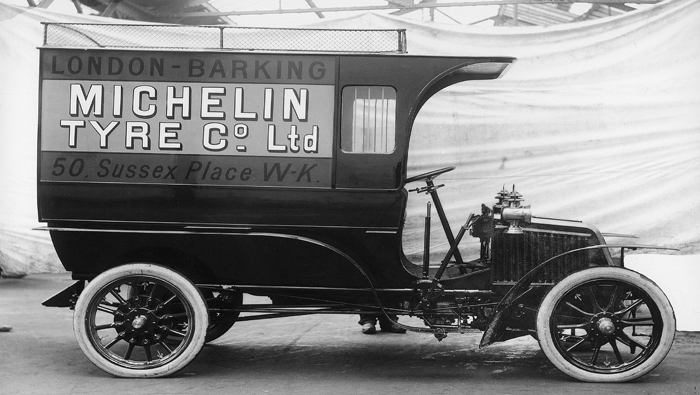
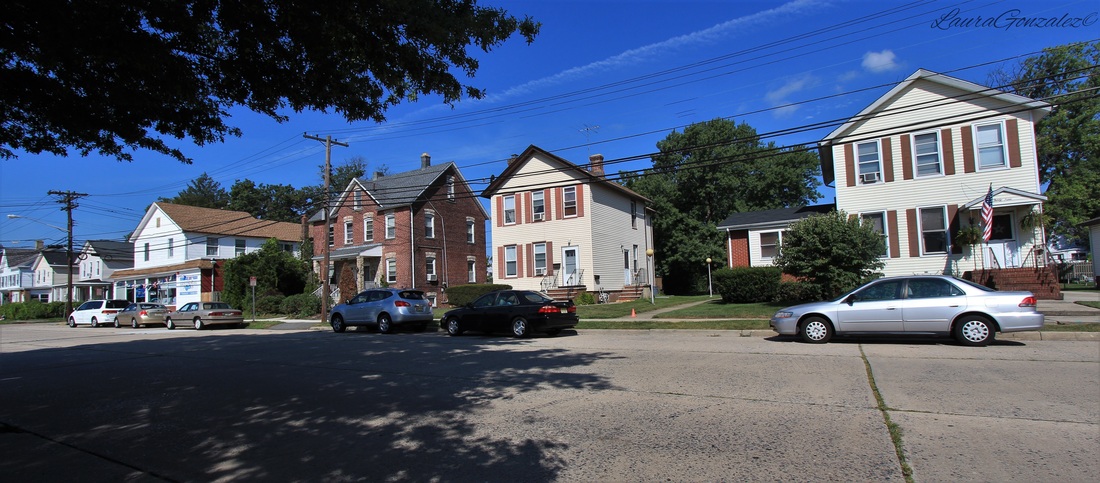
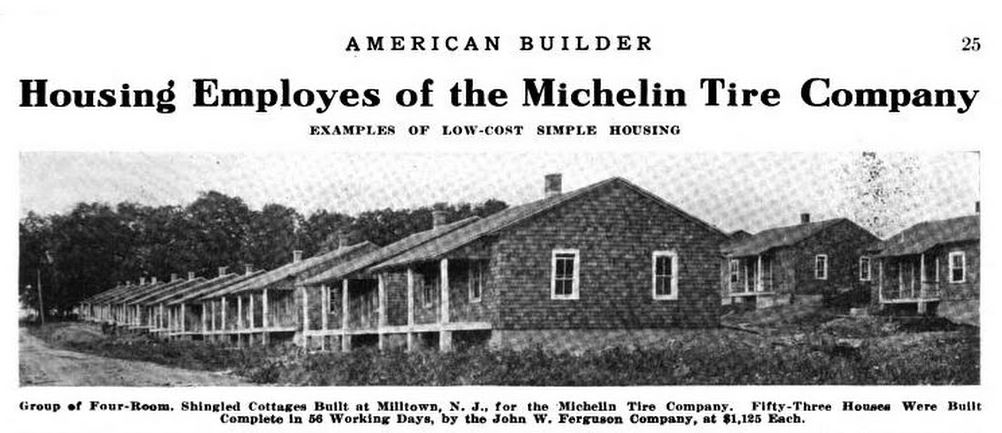
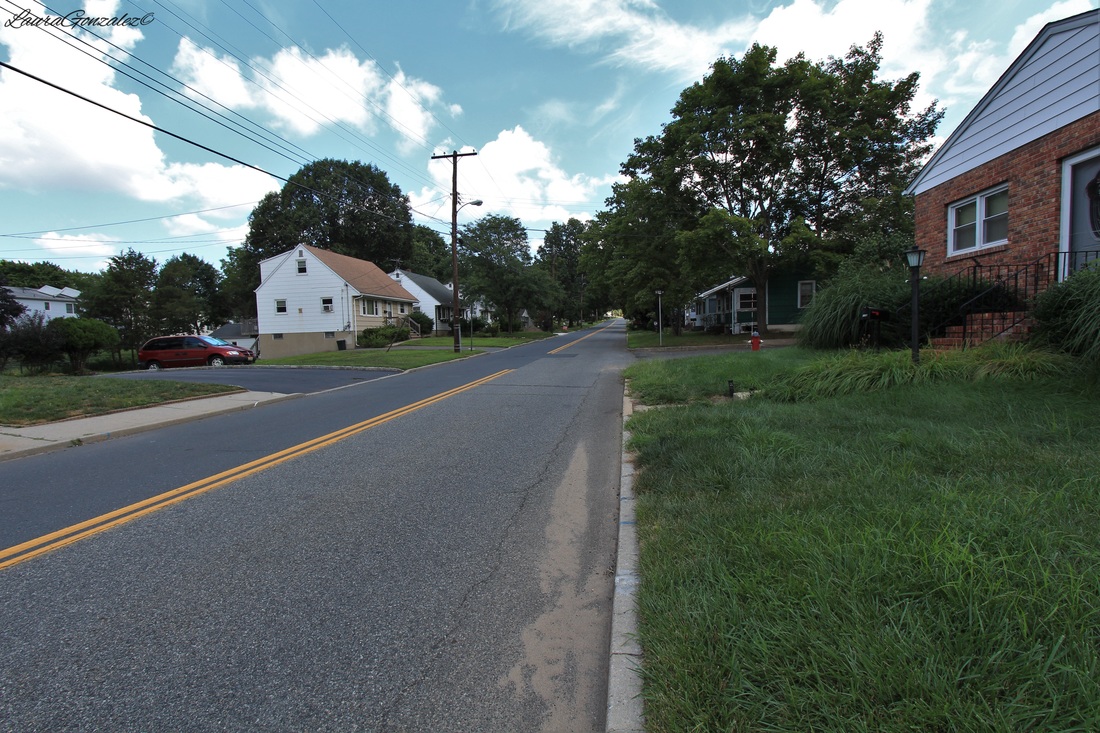
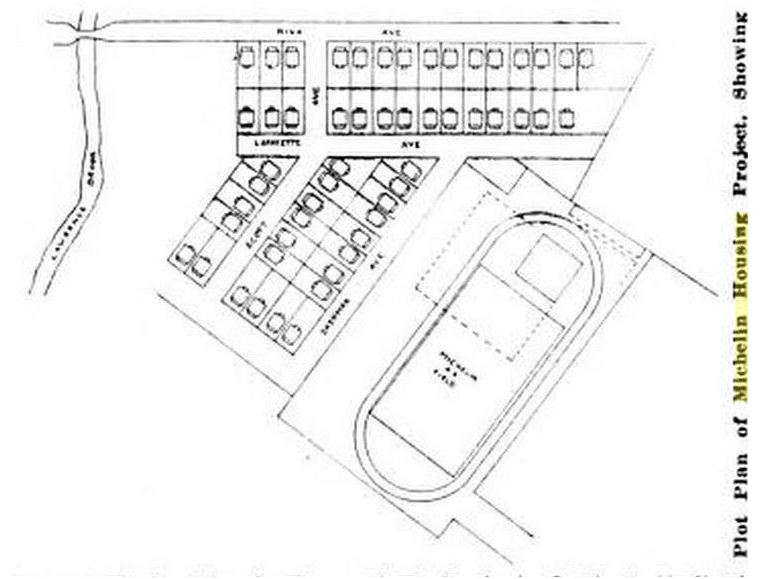
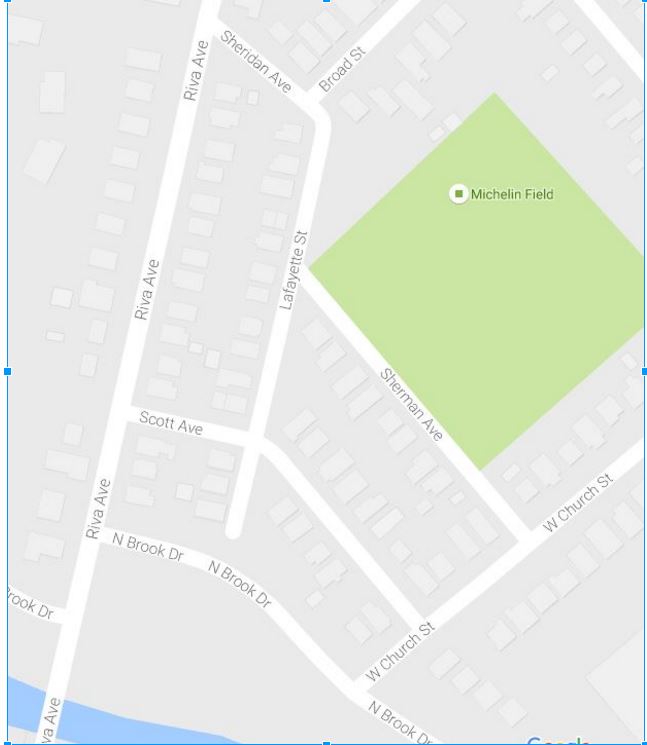
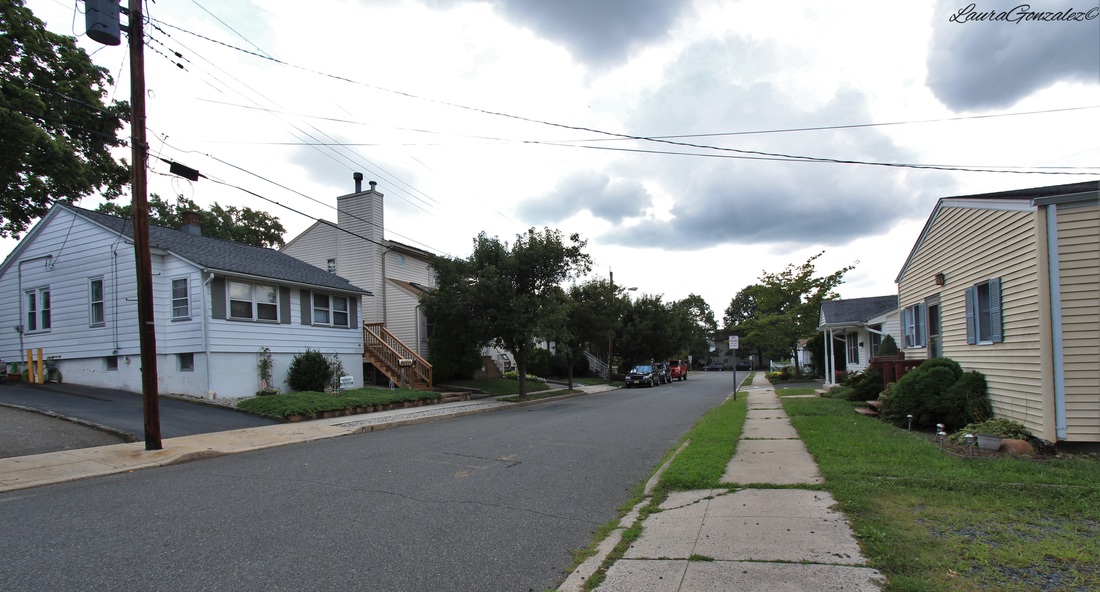
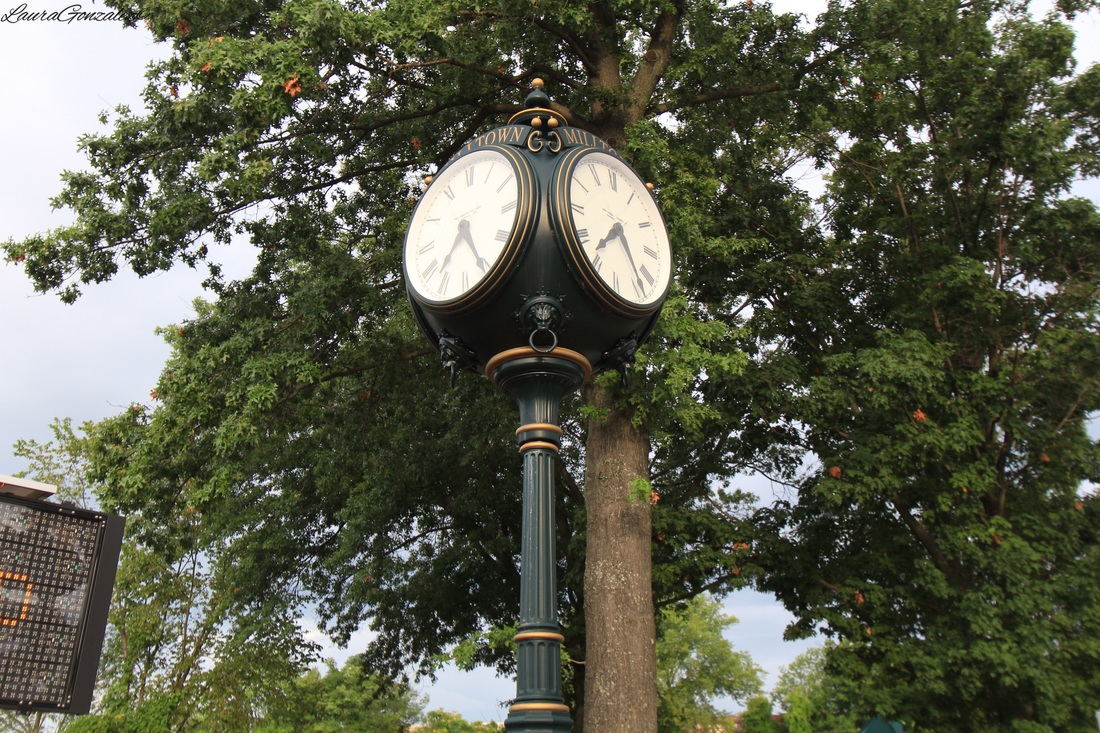
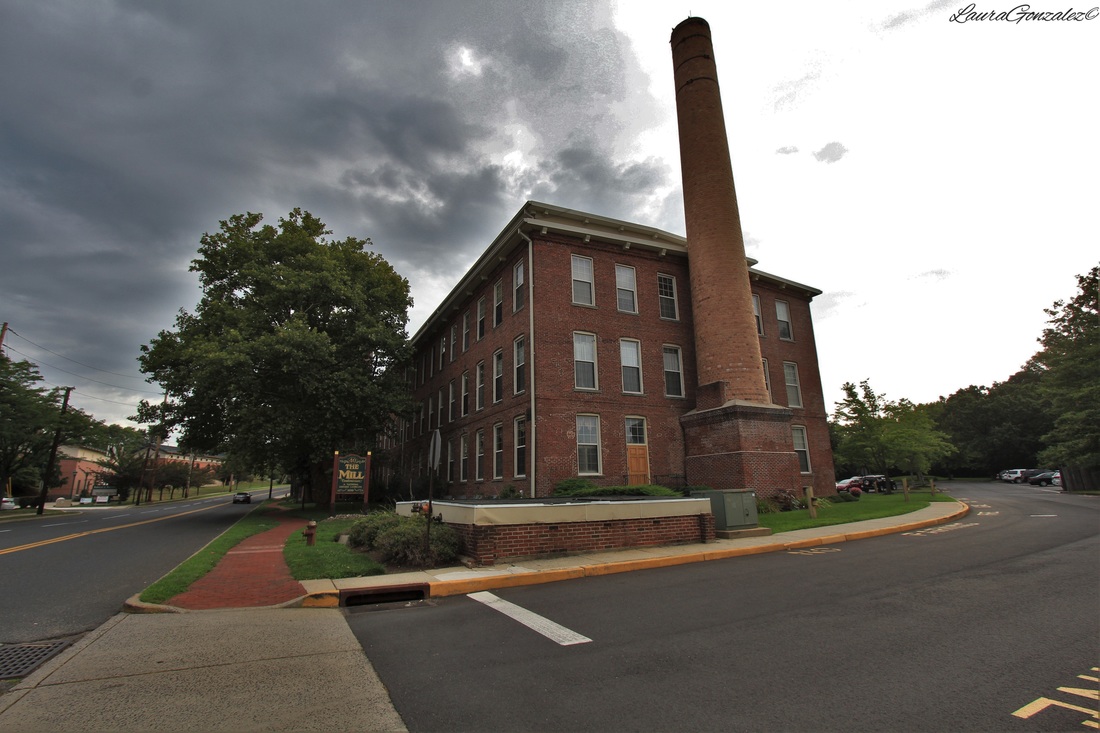
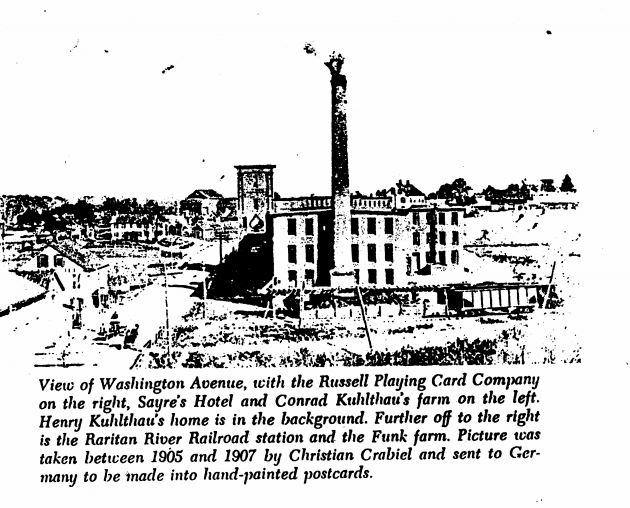
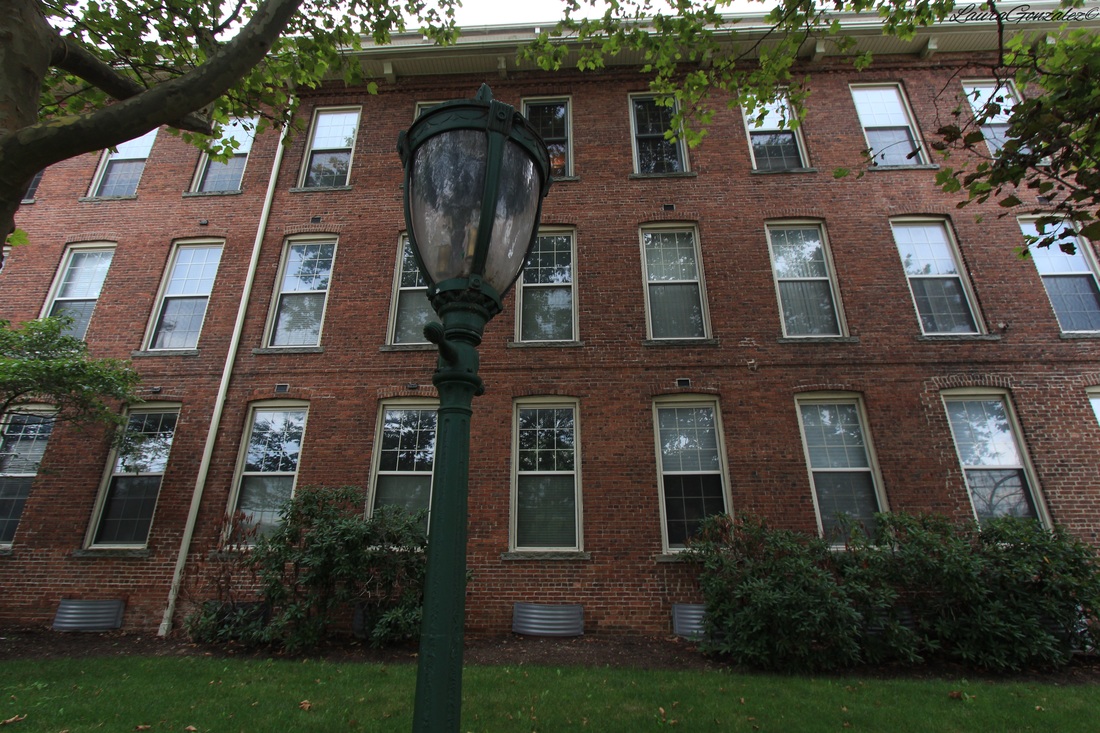
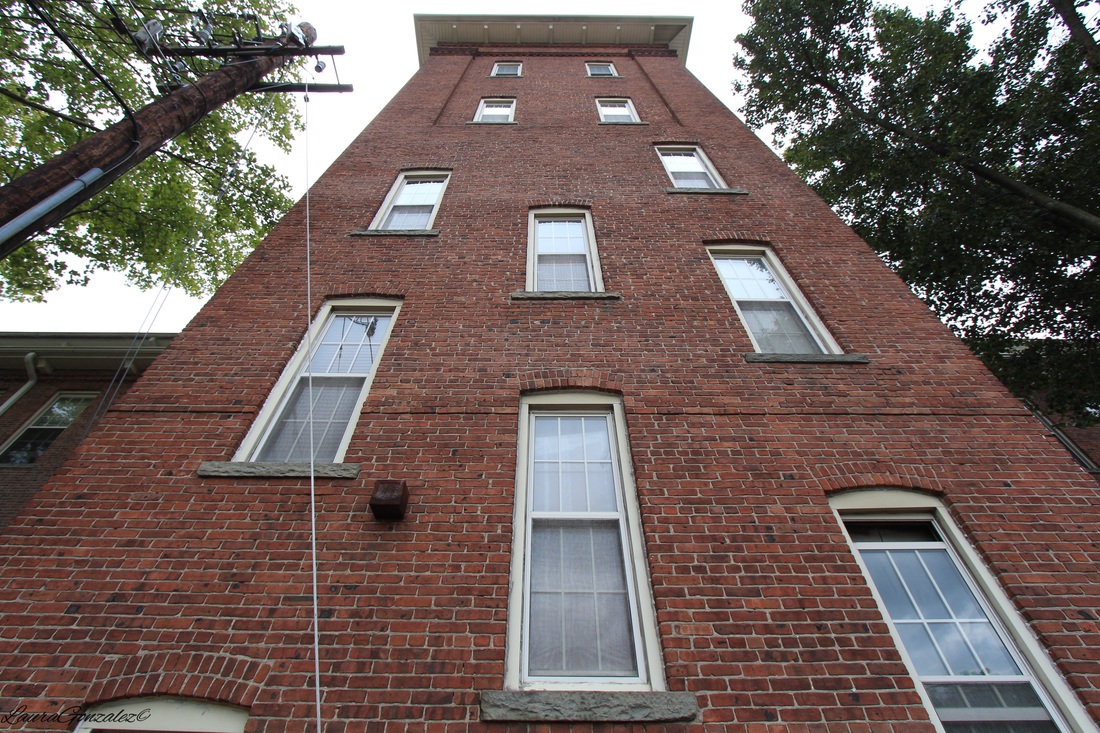
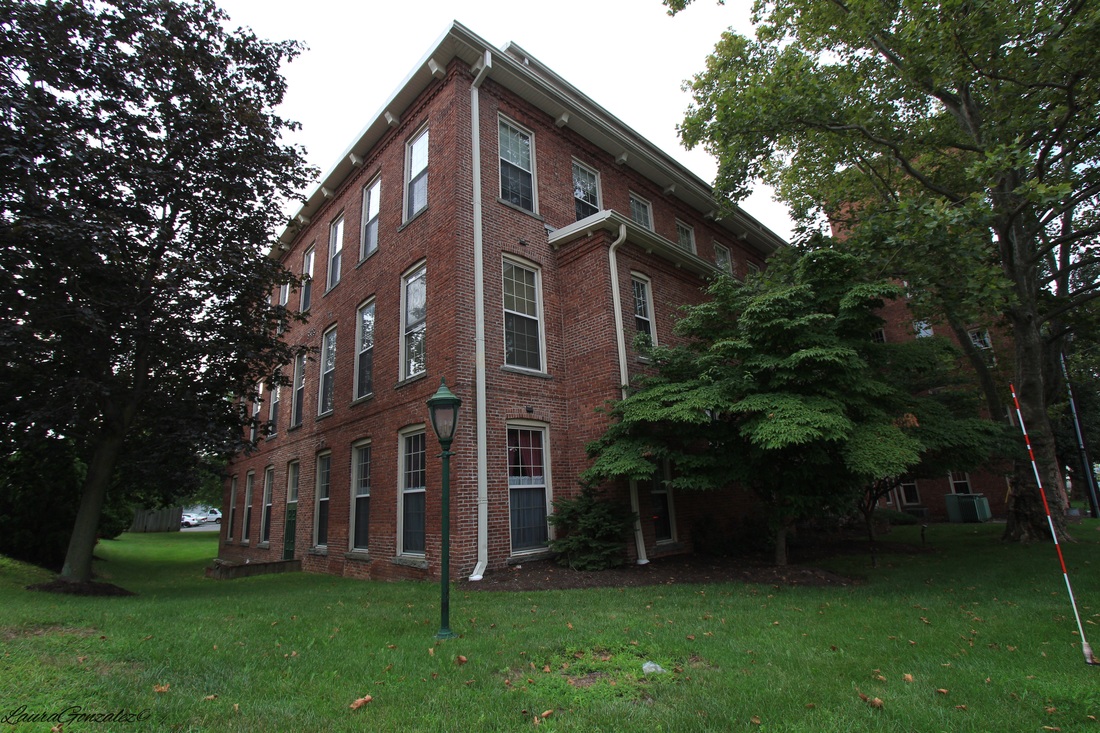
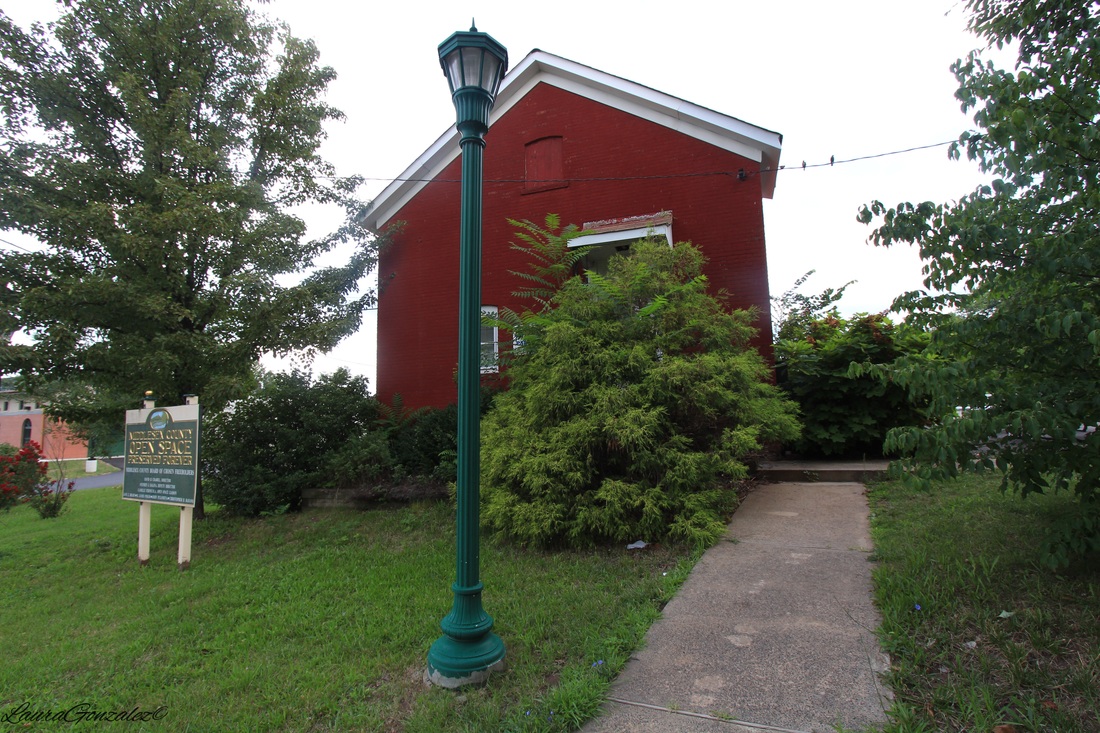
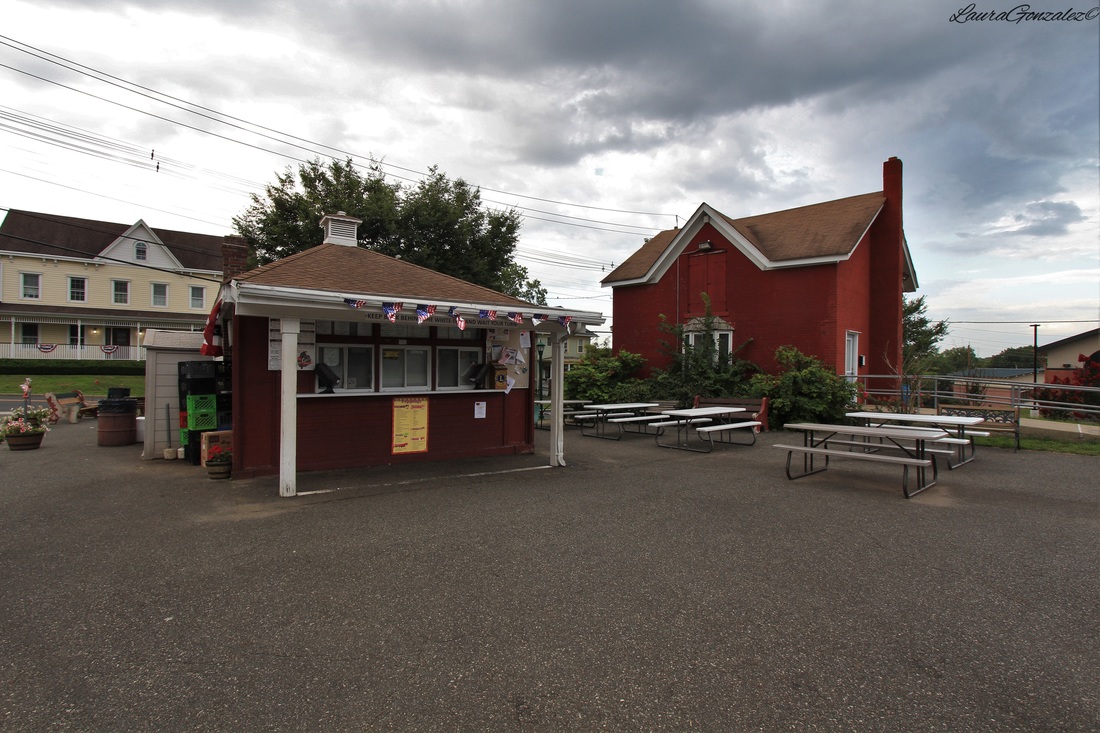
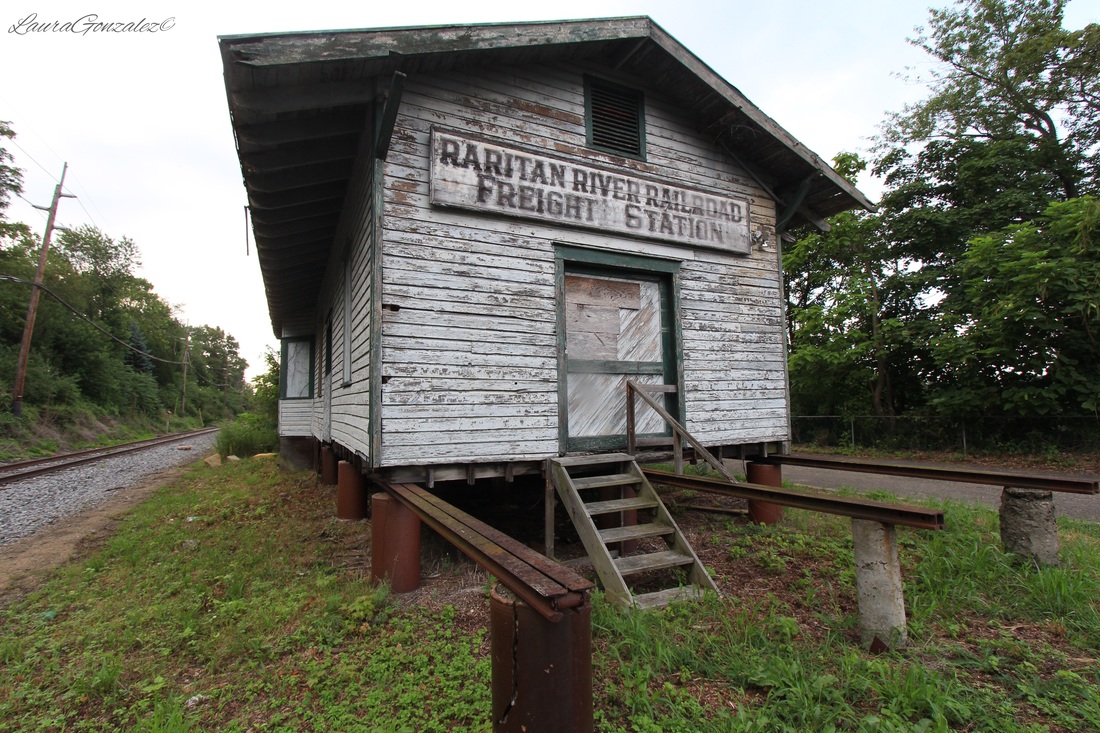
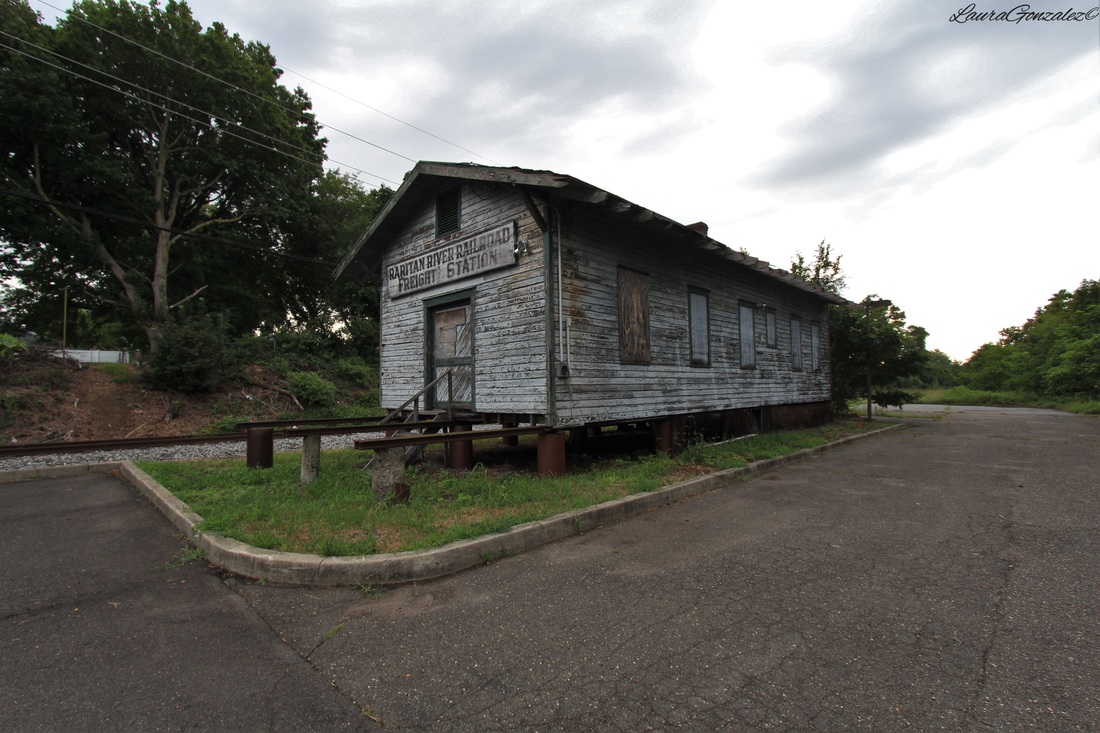
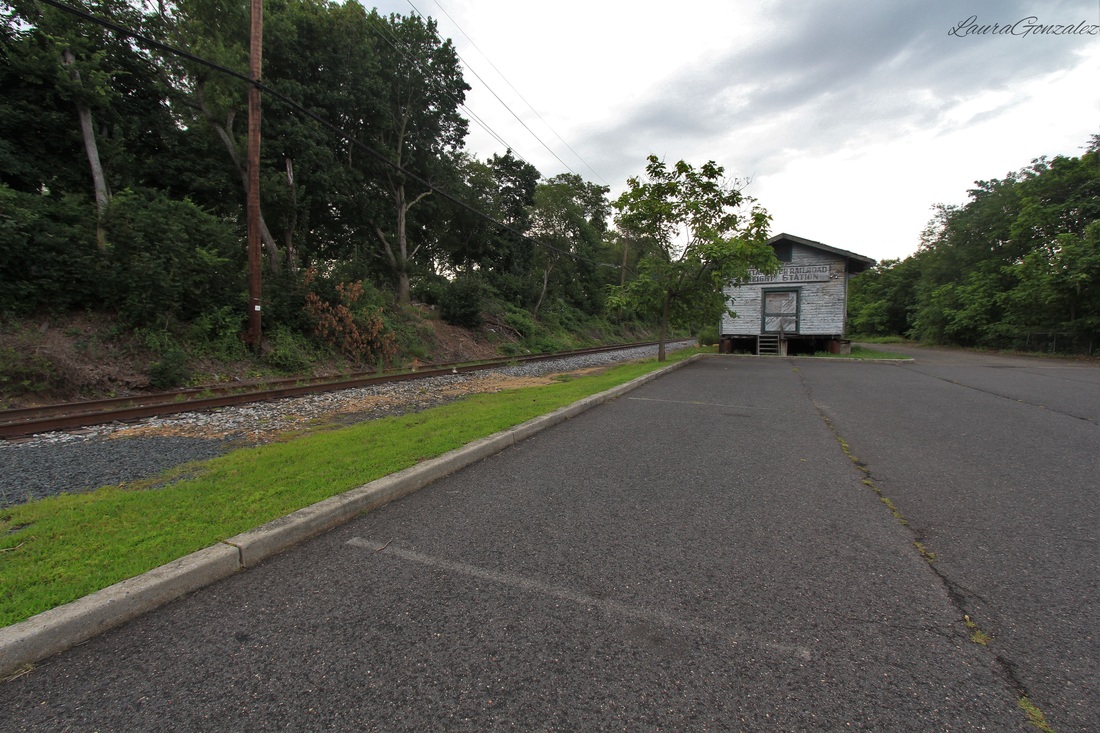
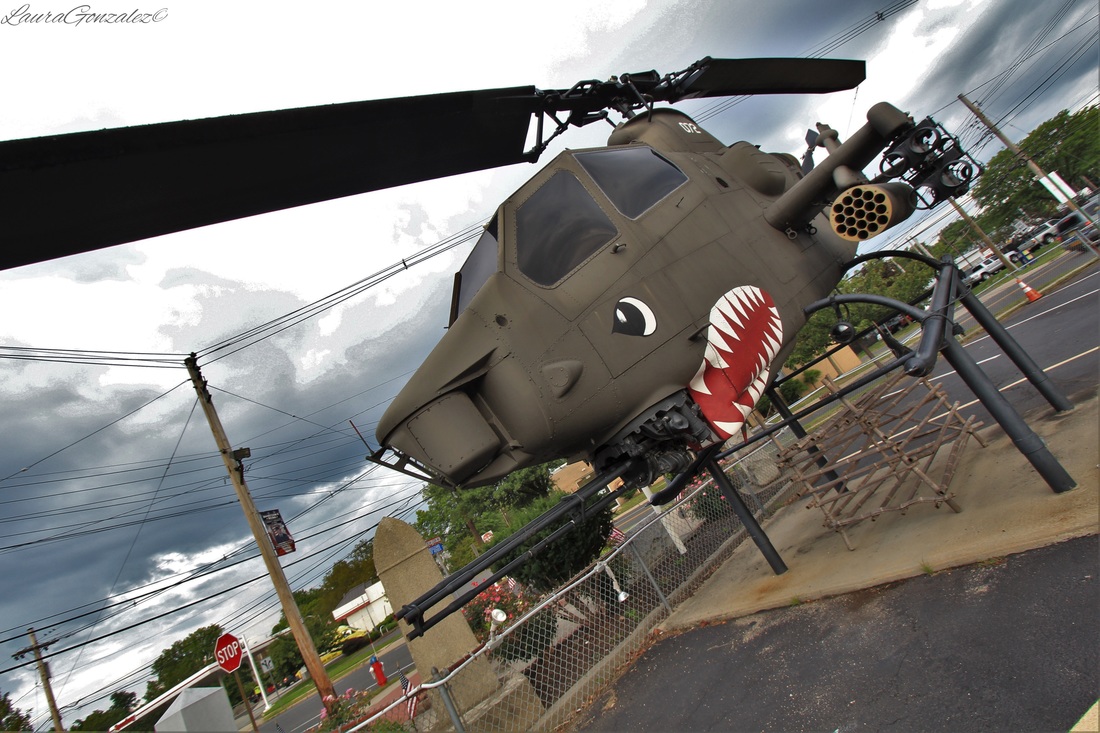
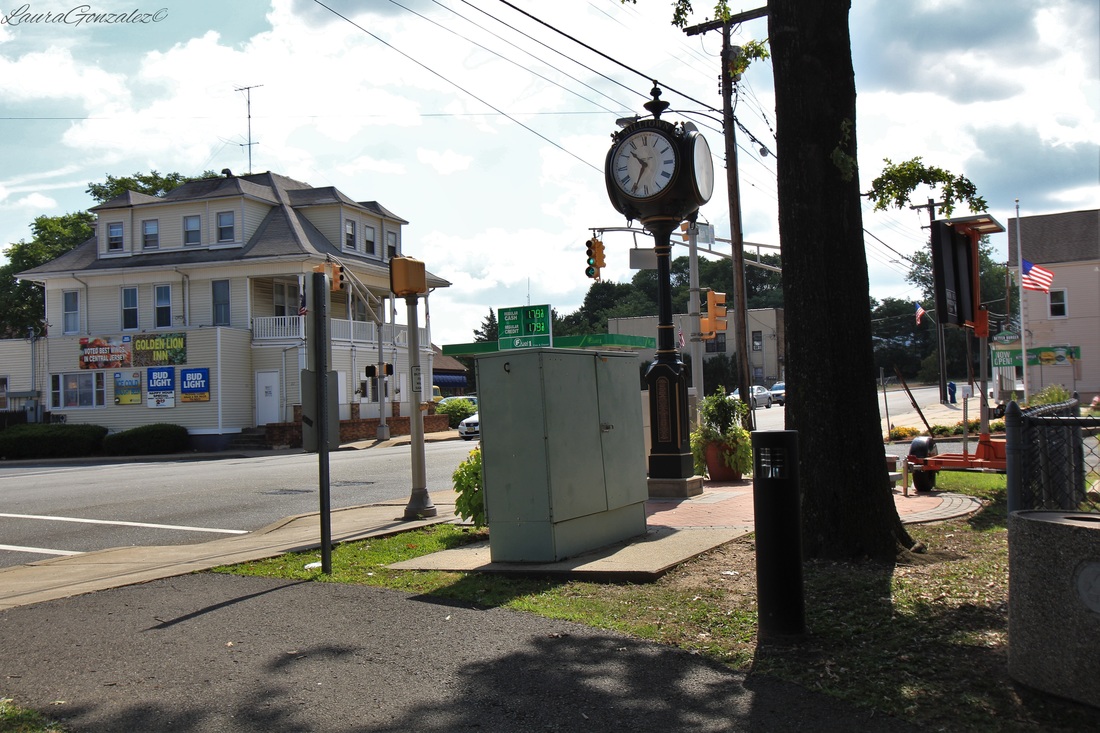
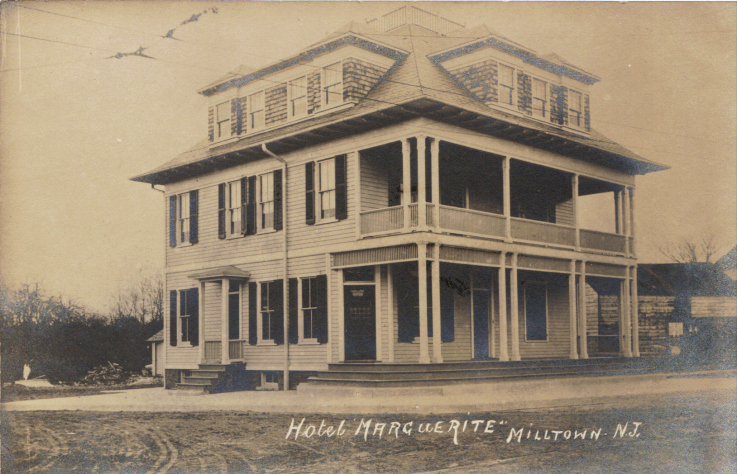
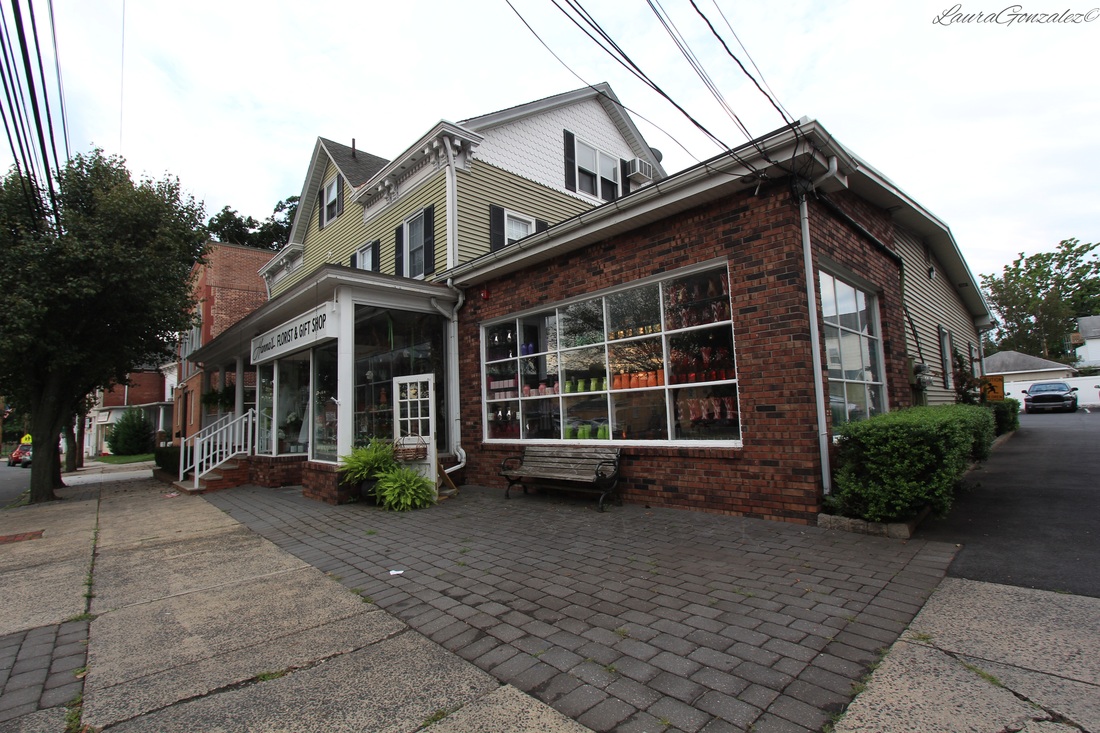
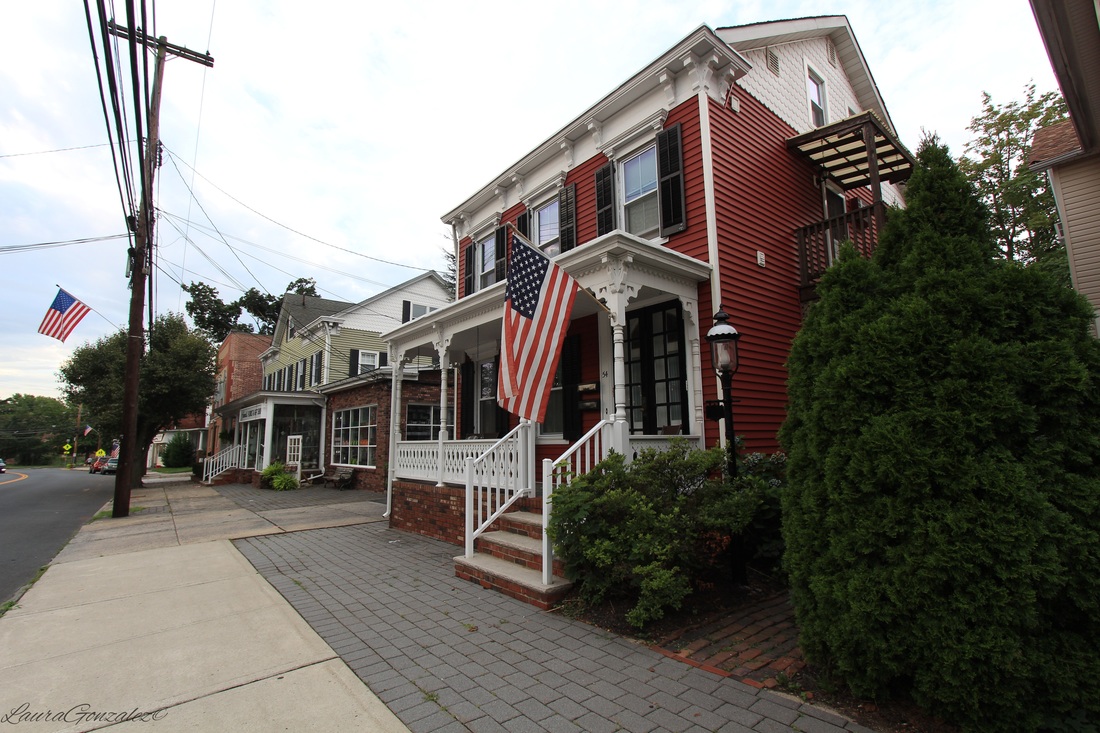
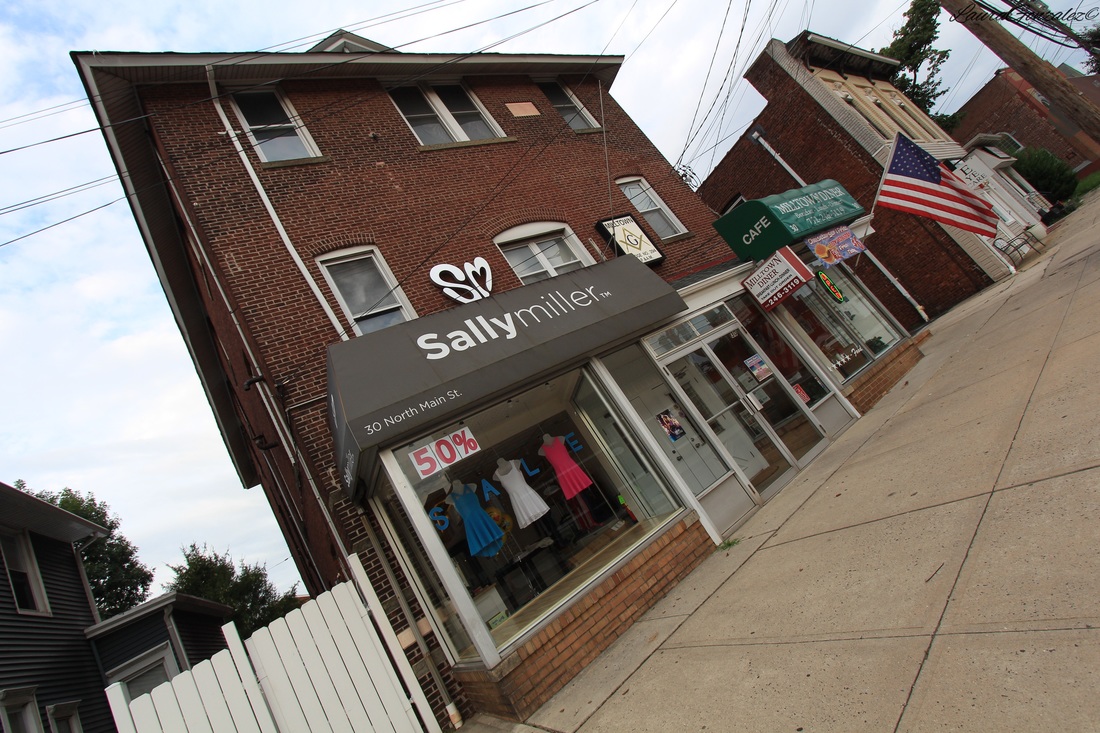
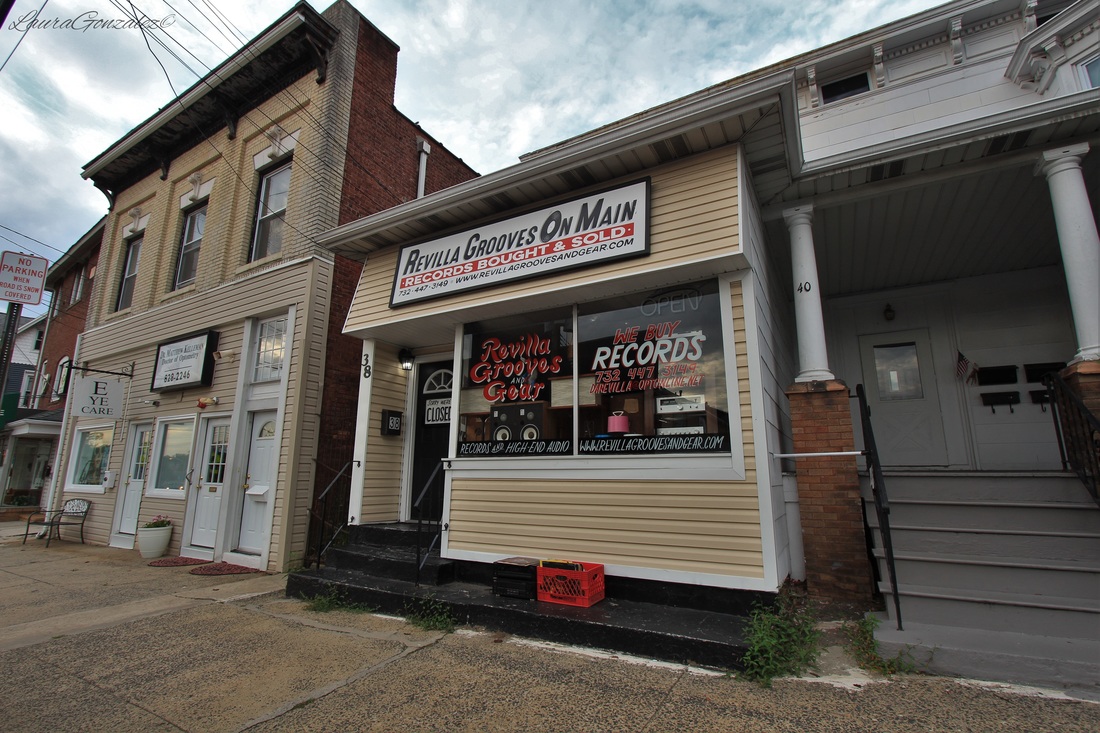
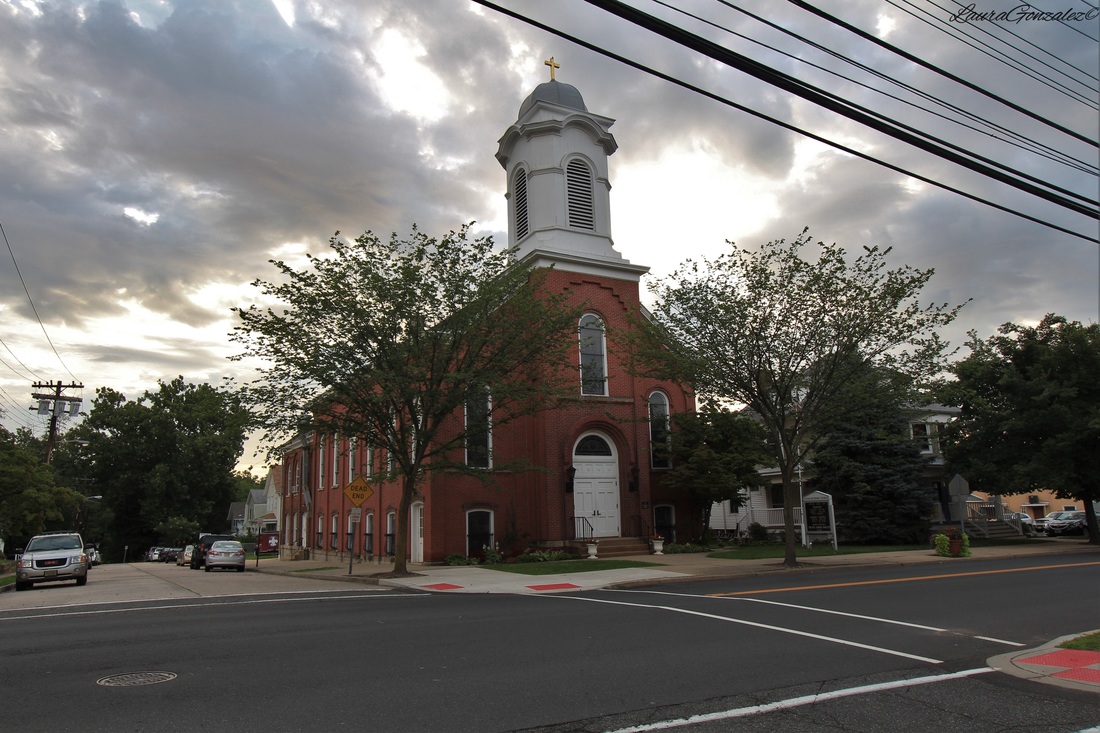
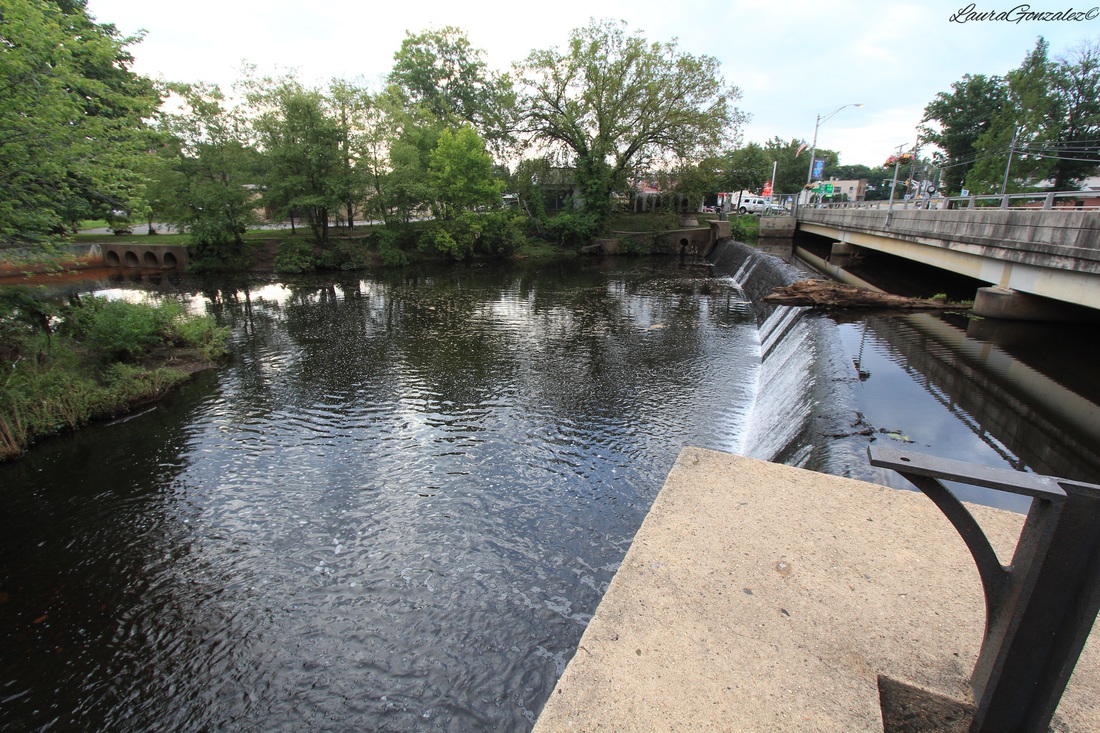
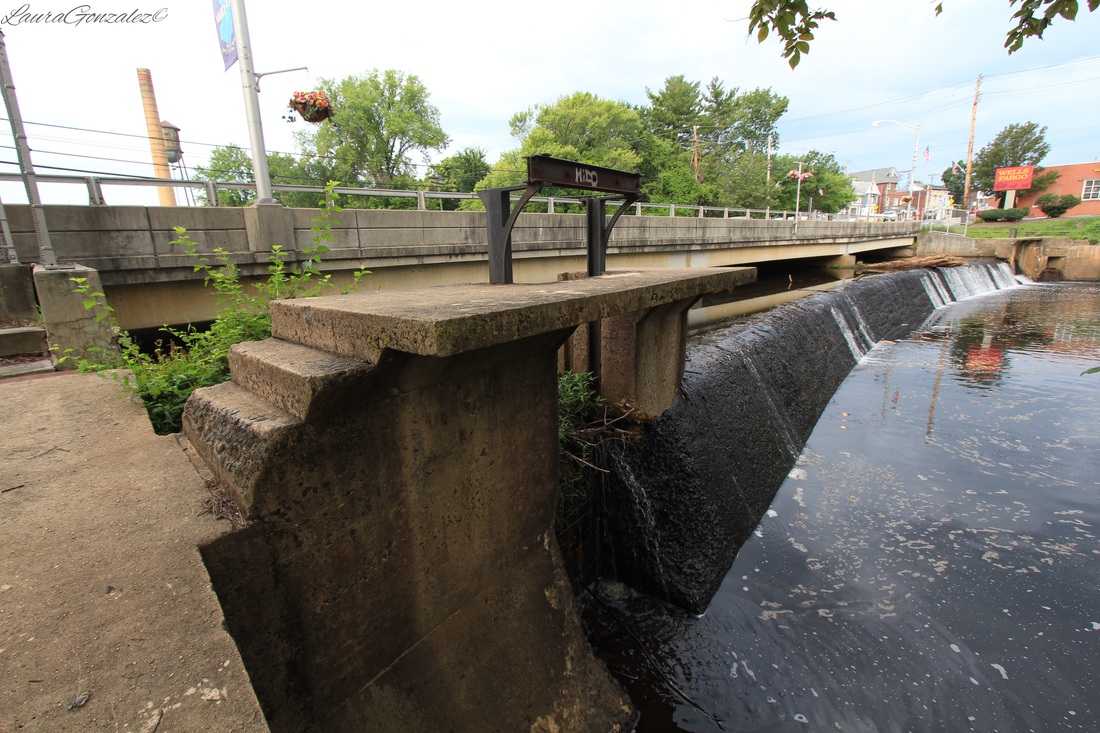
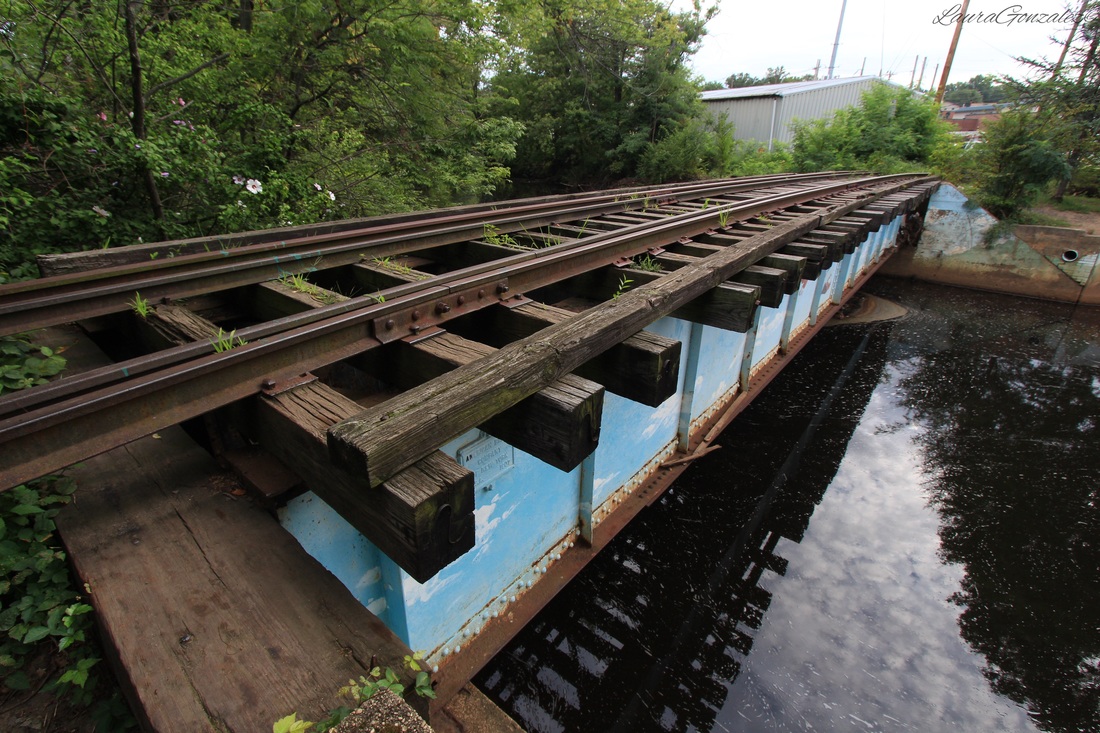
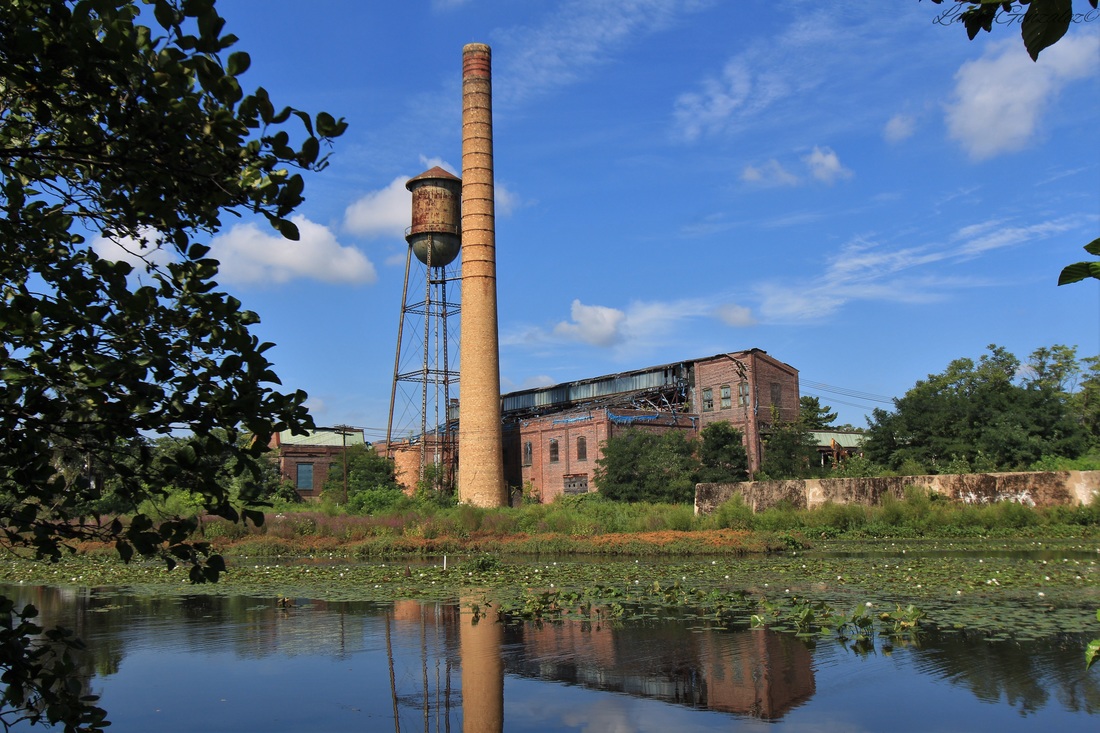
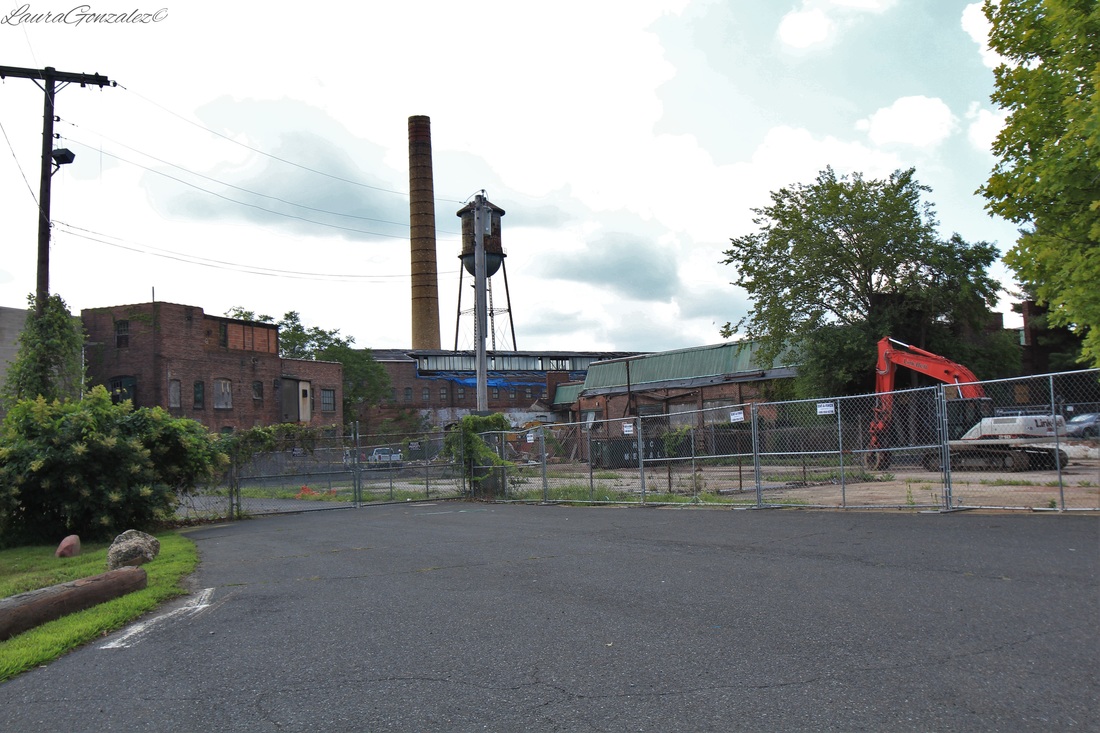
 RSS Feed
RSS Feed
